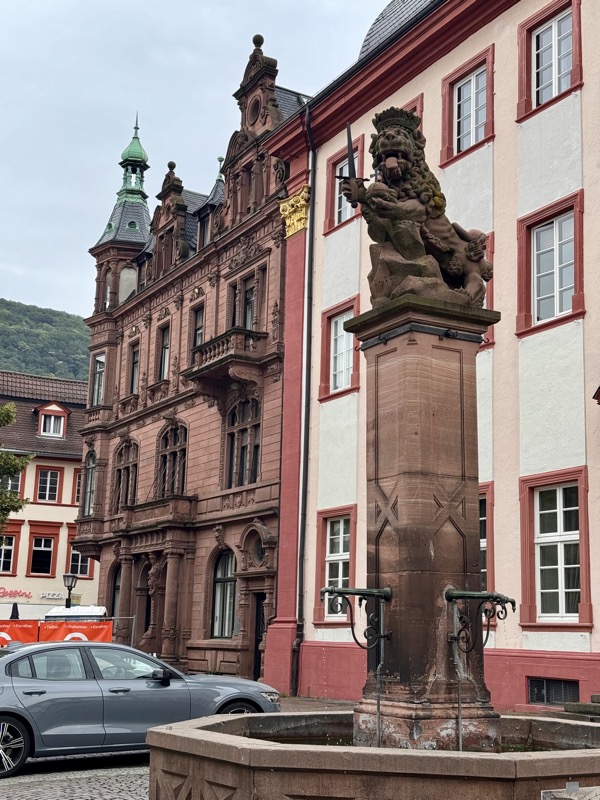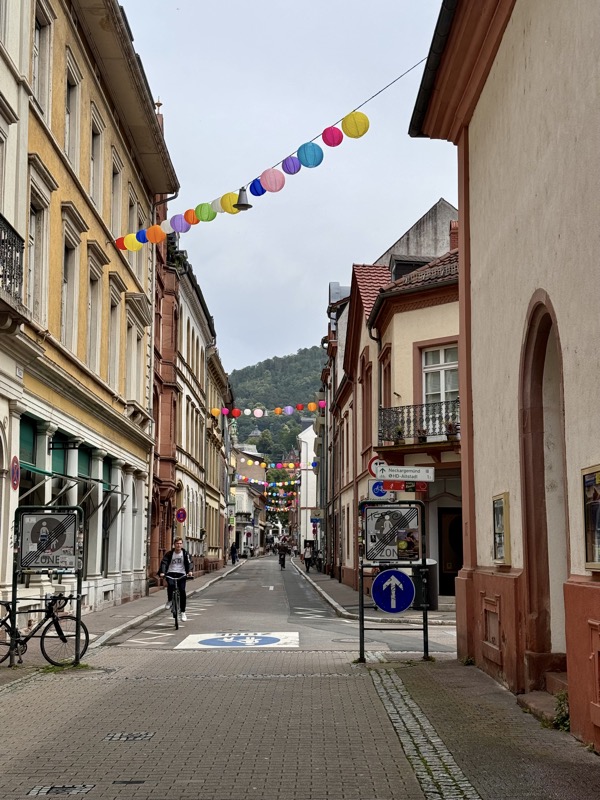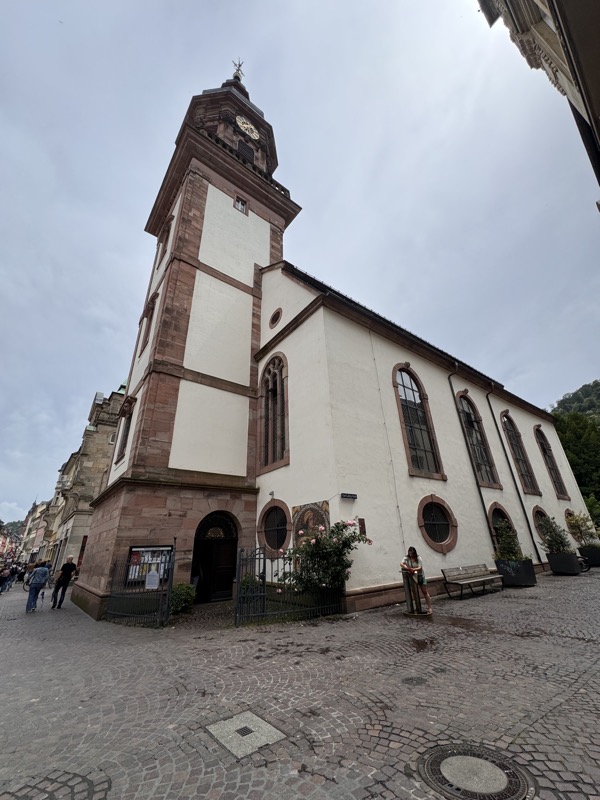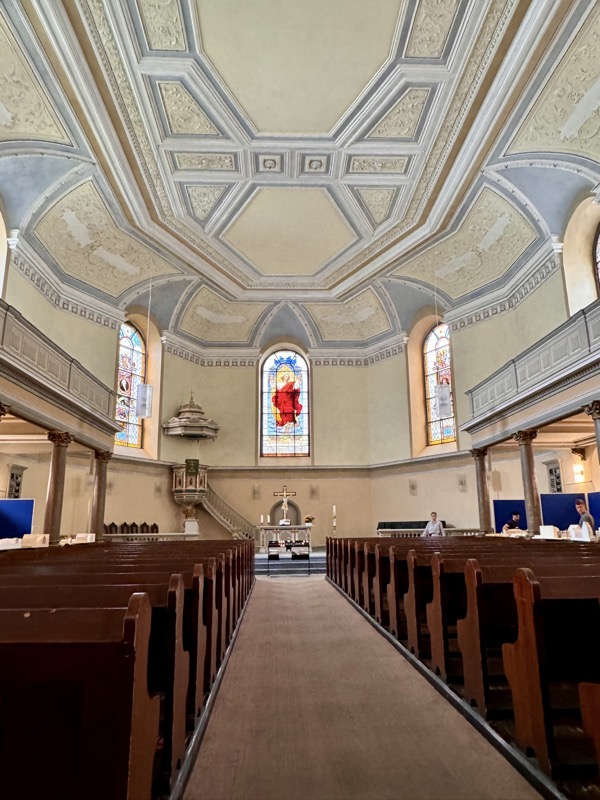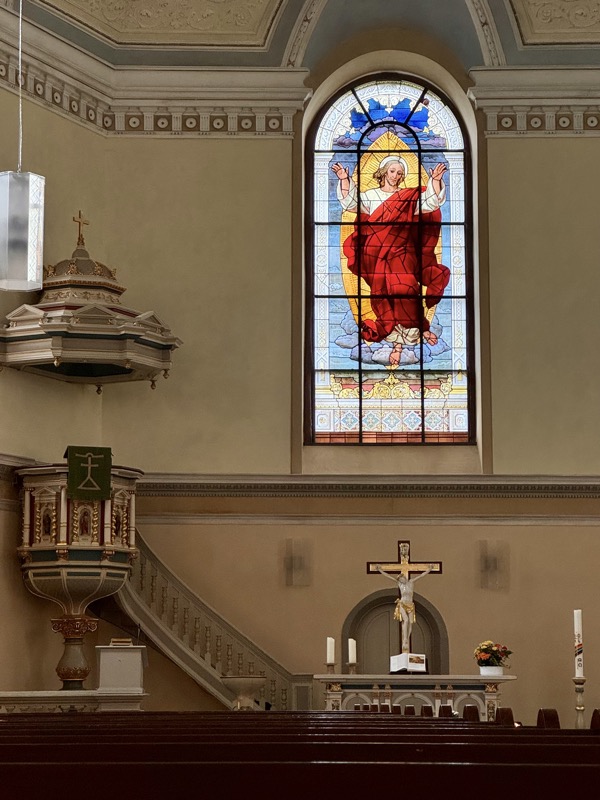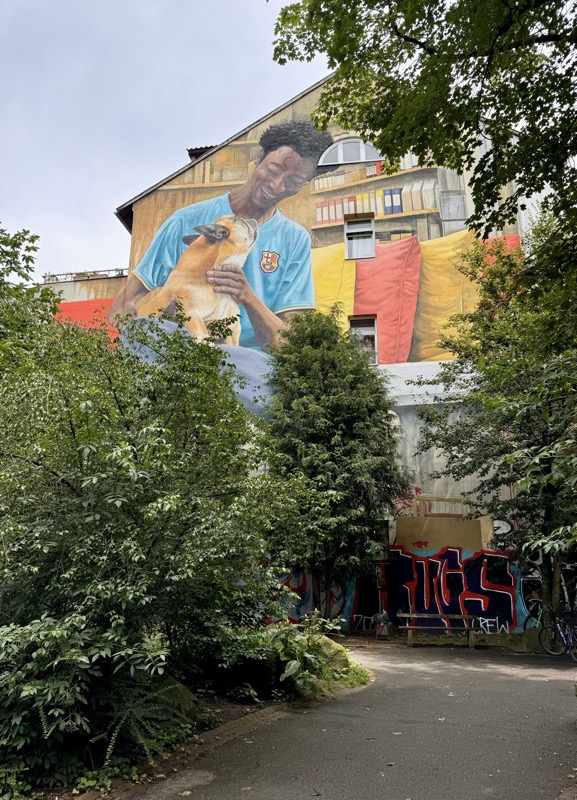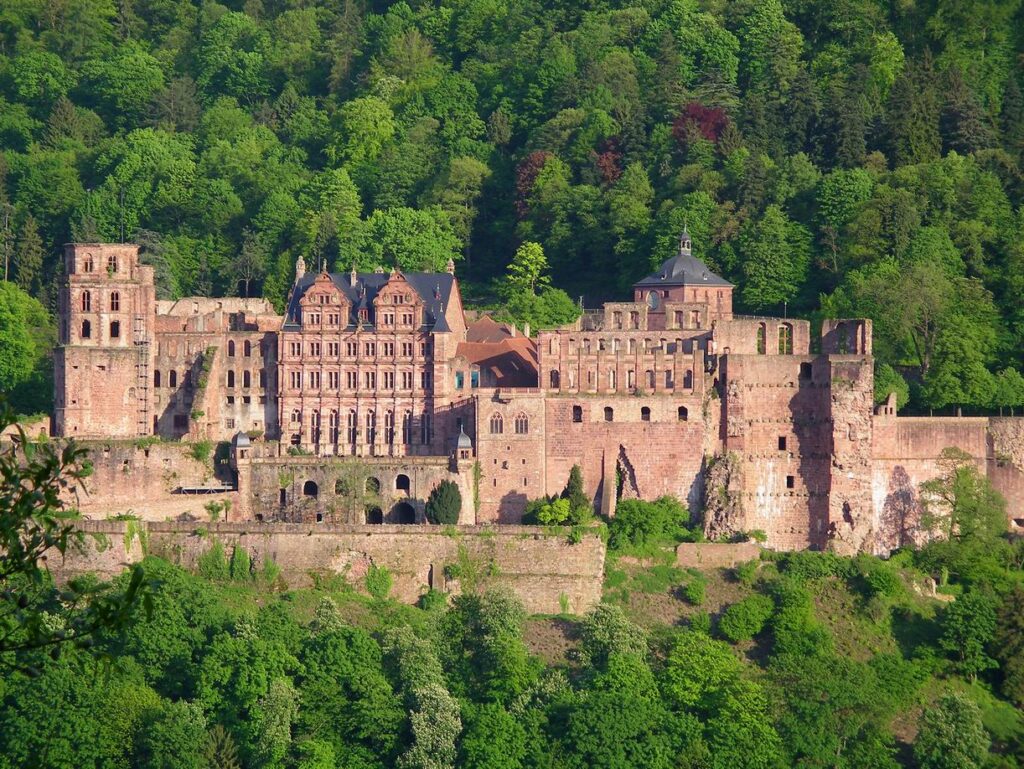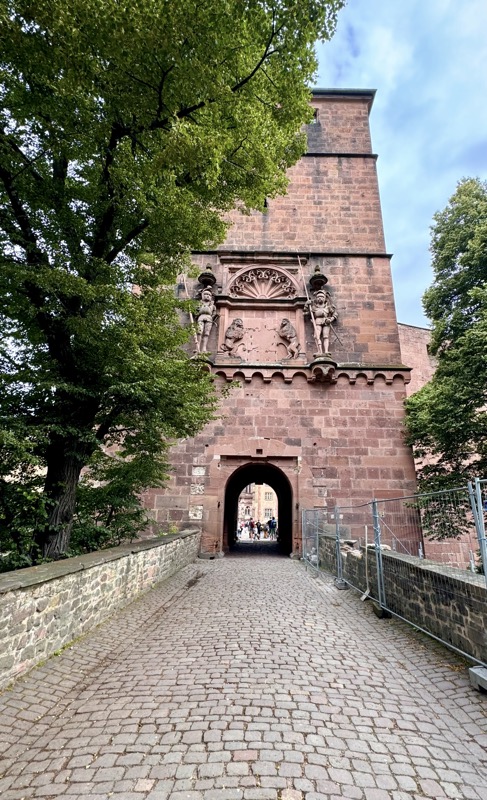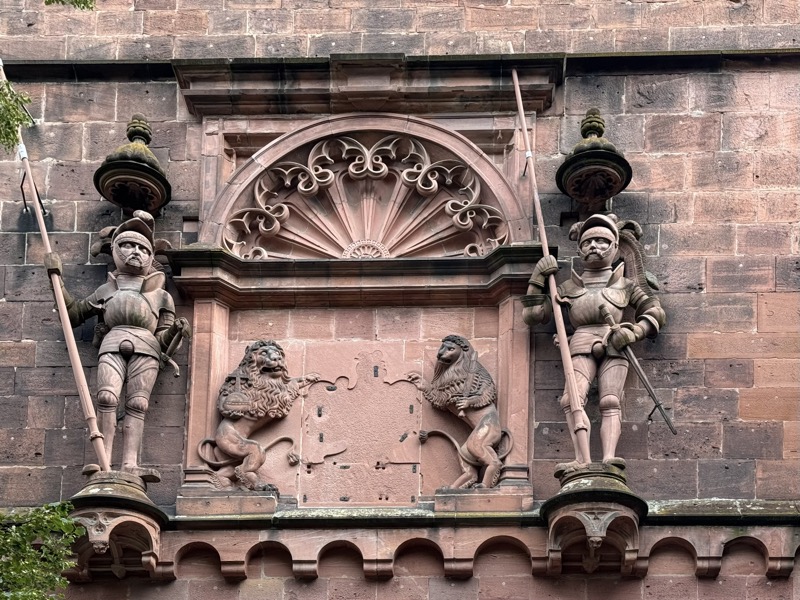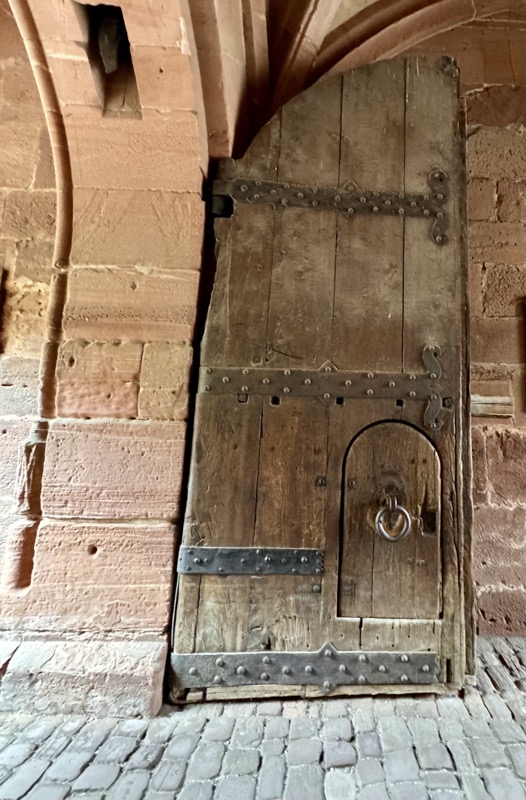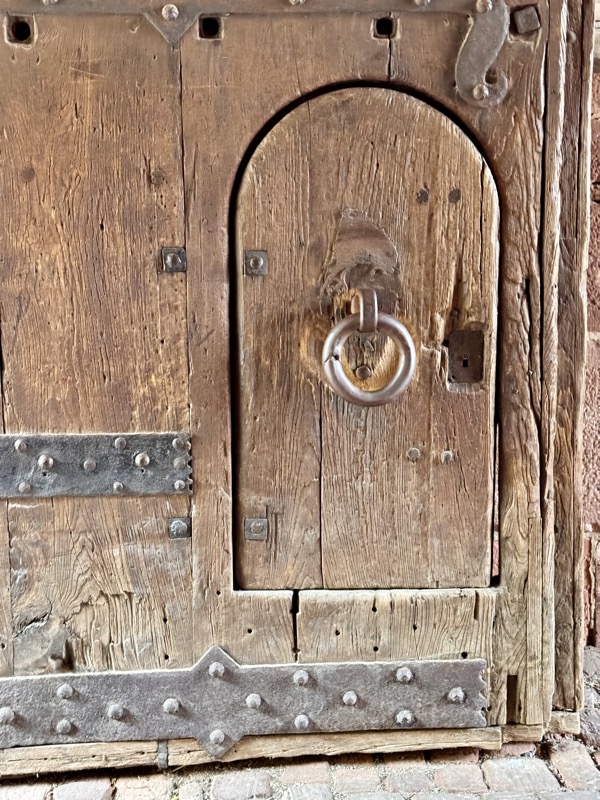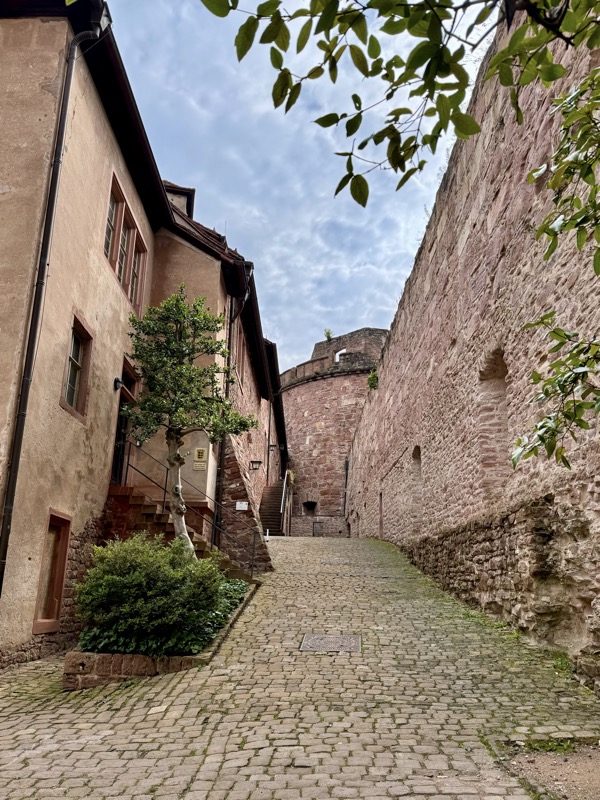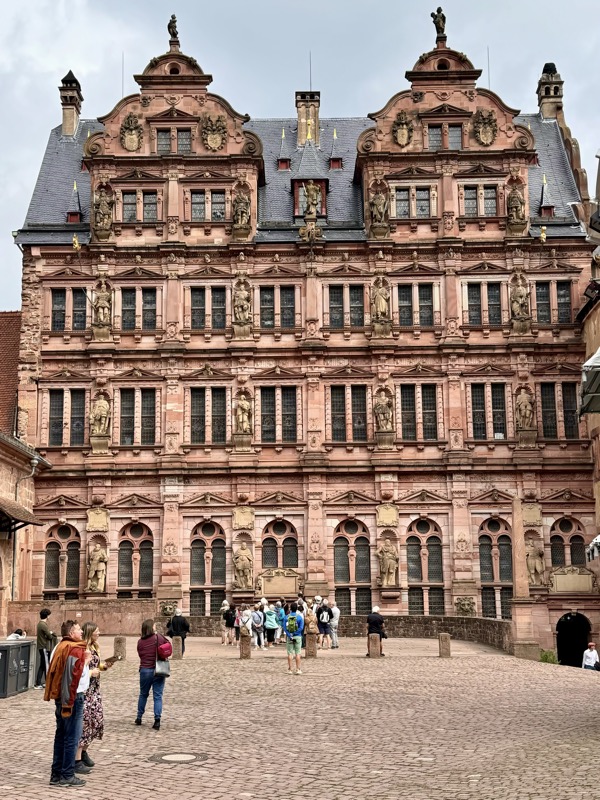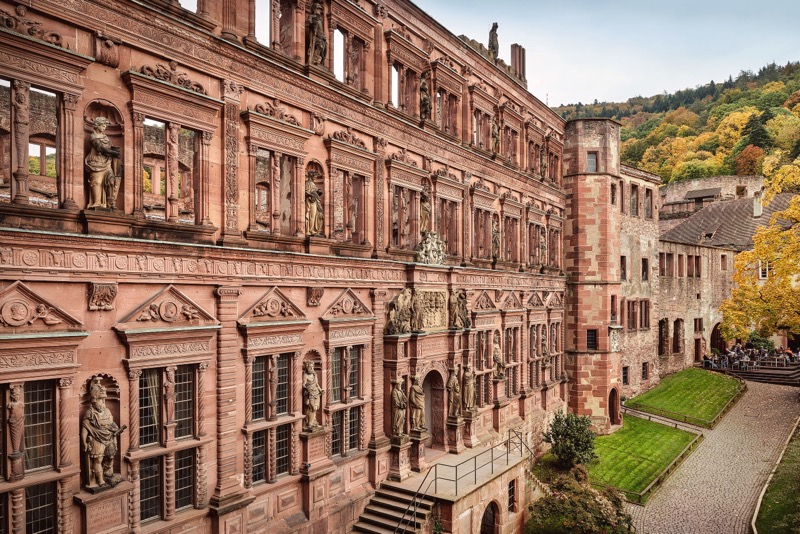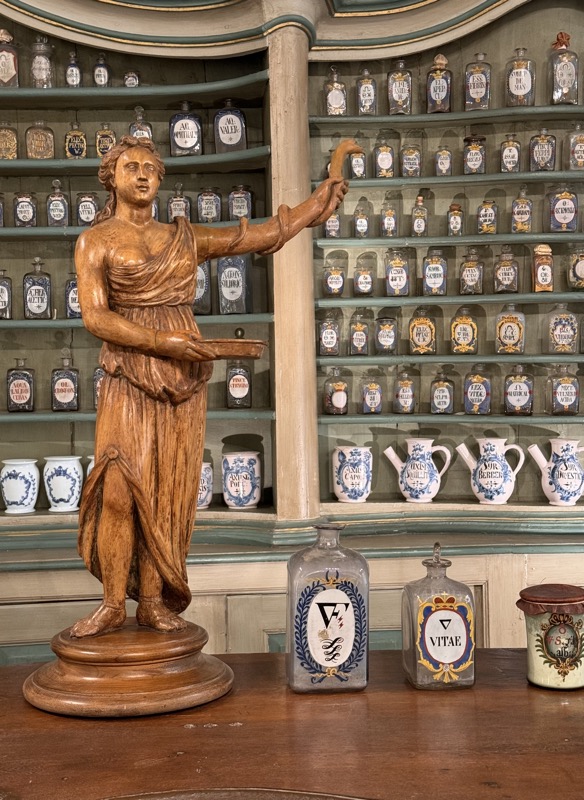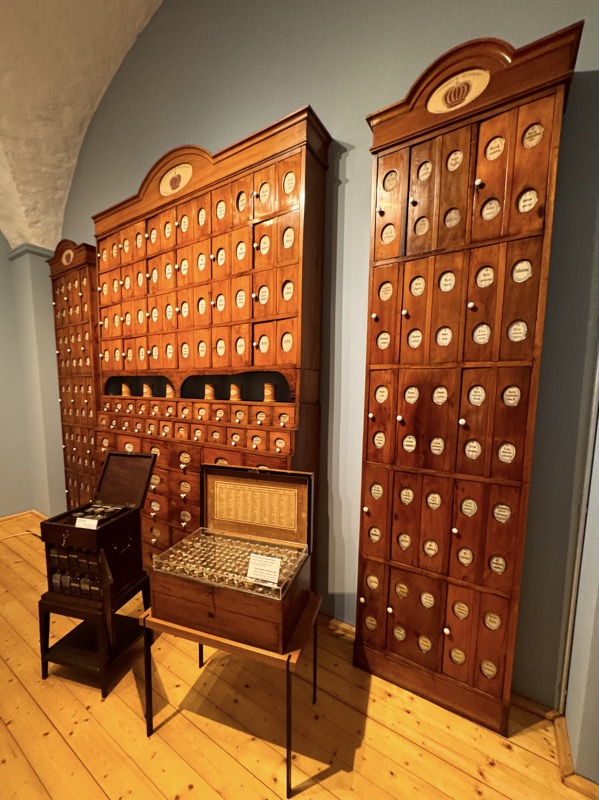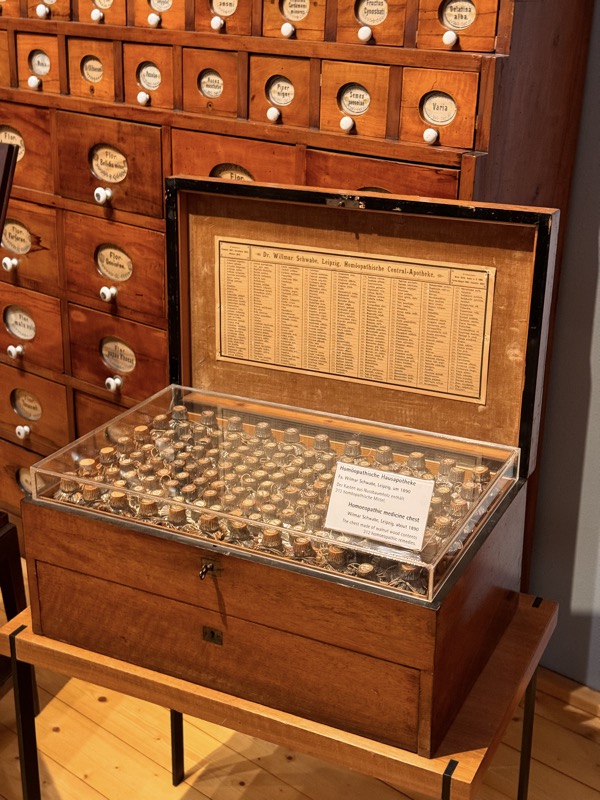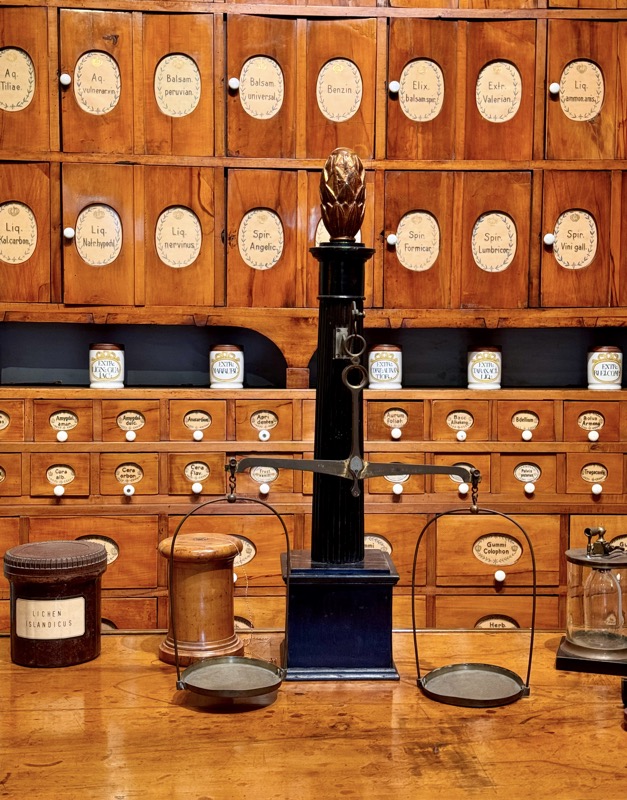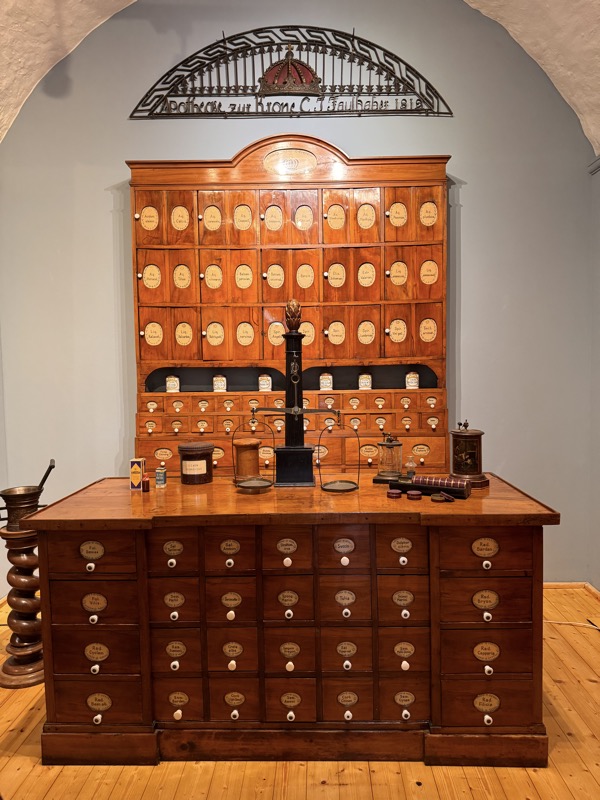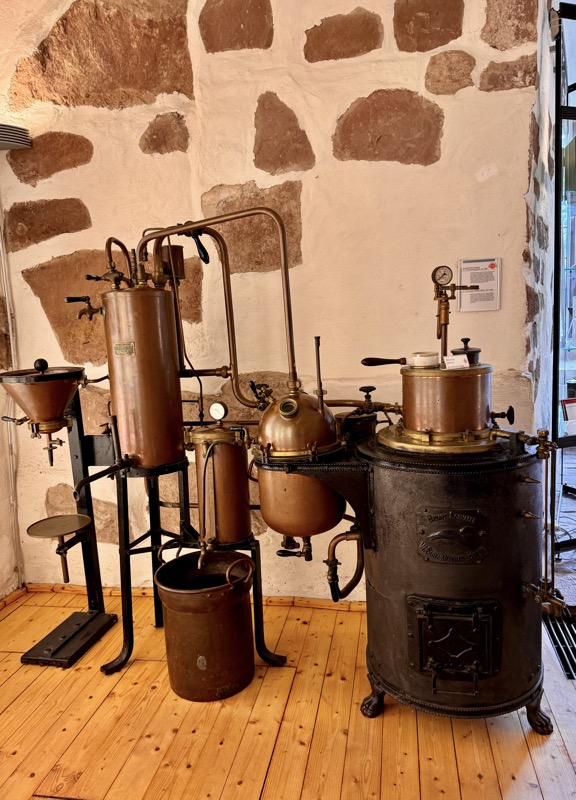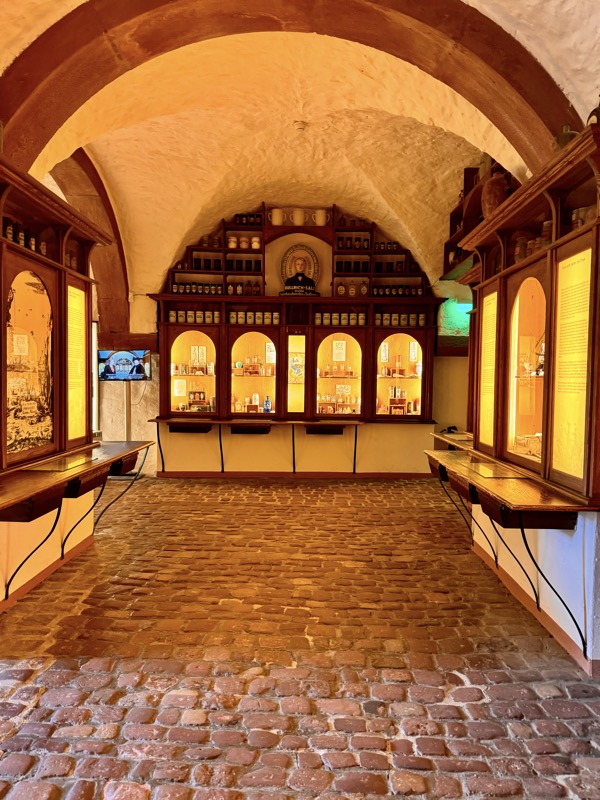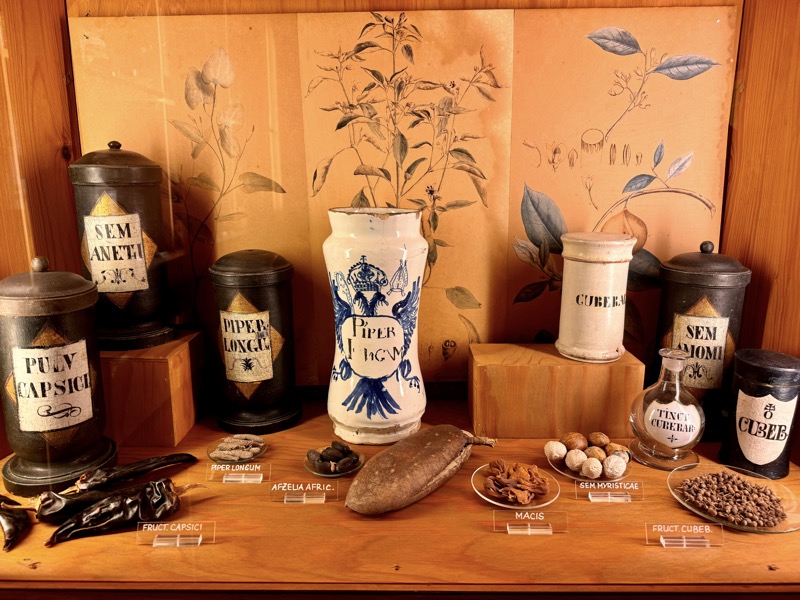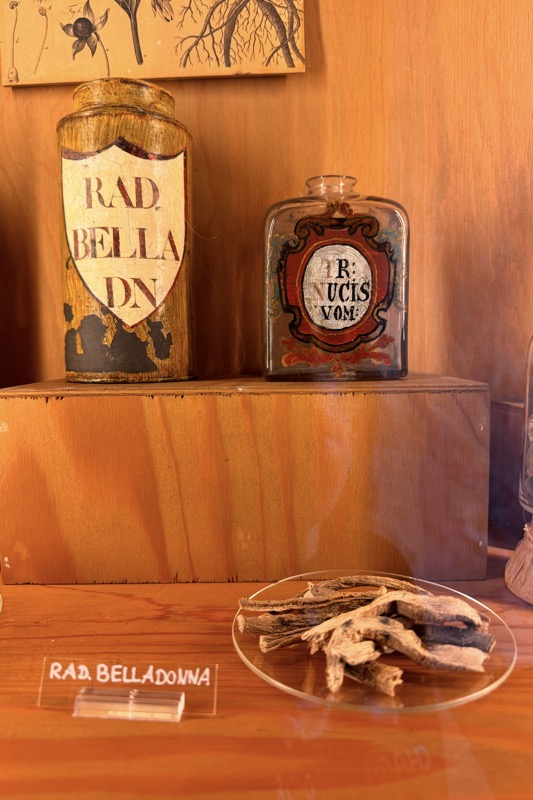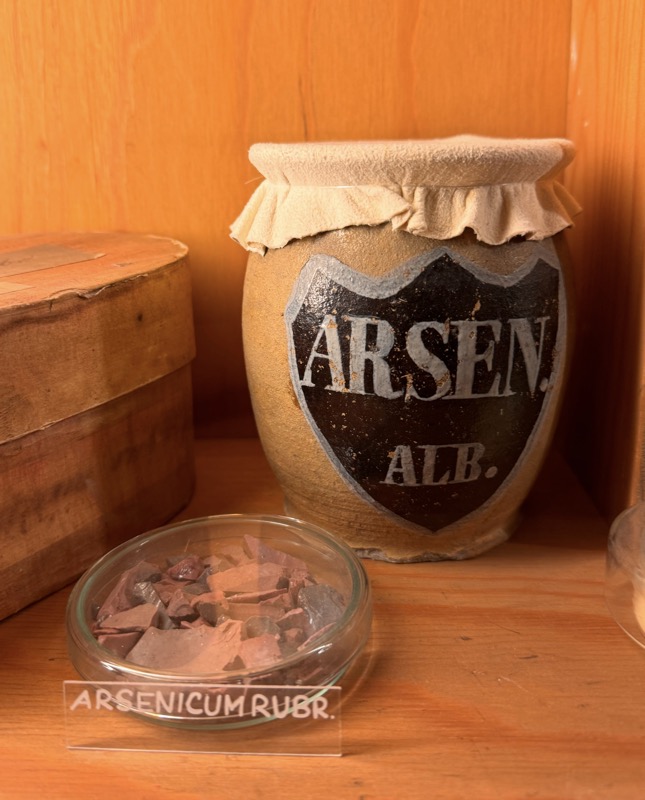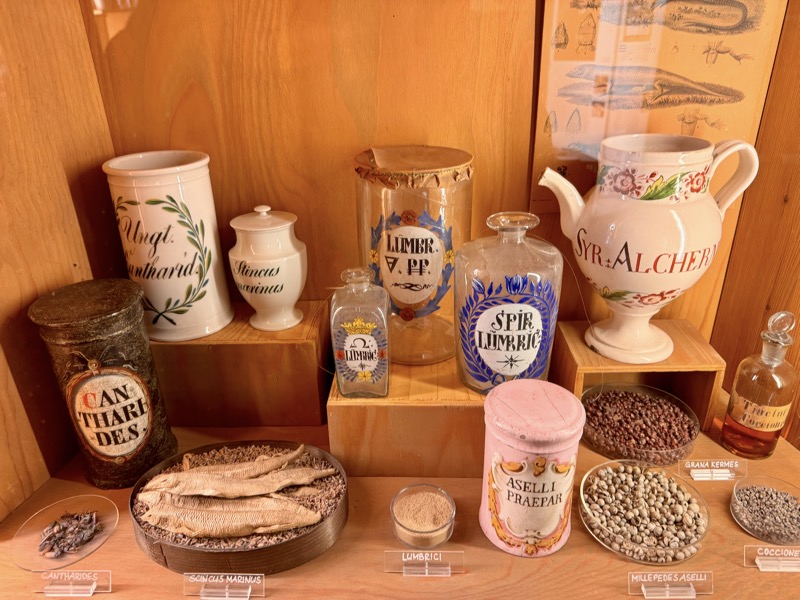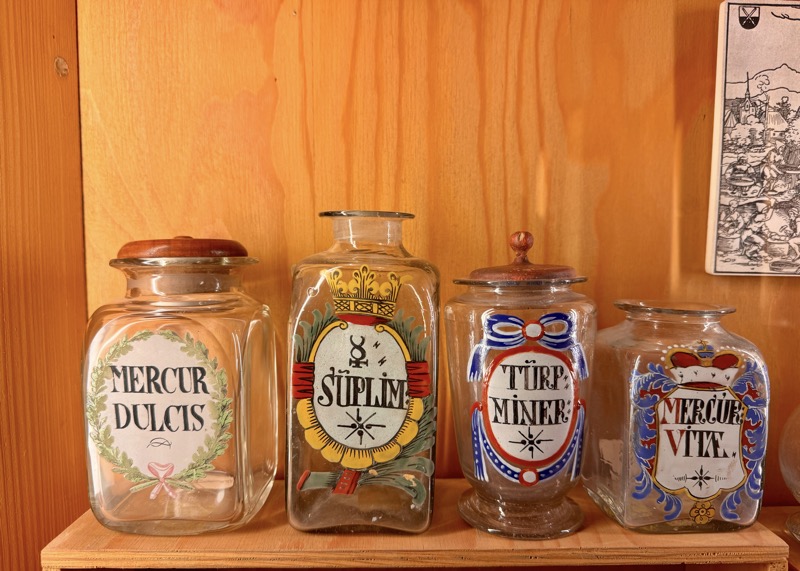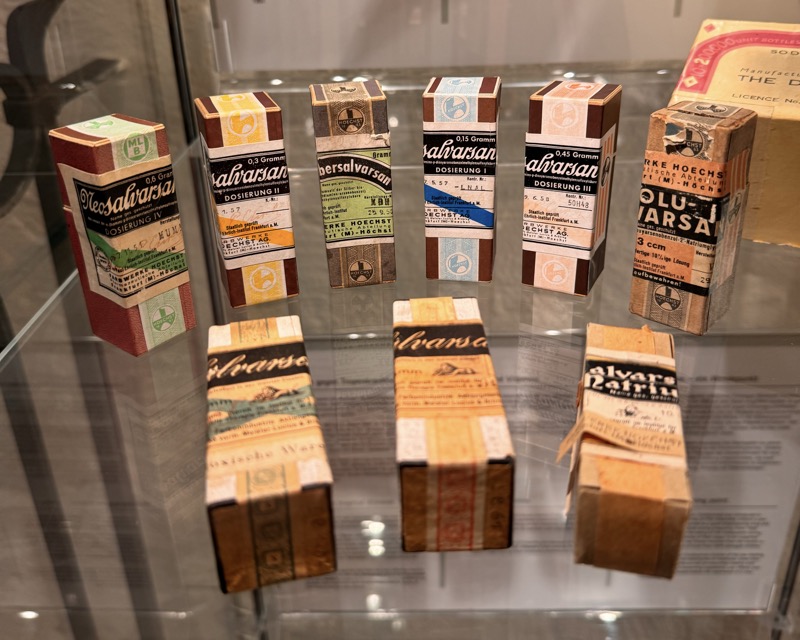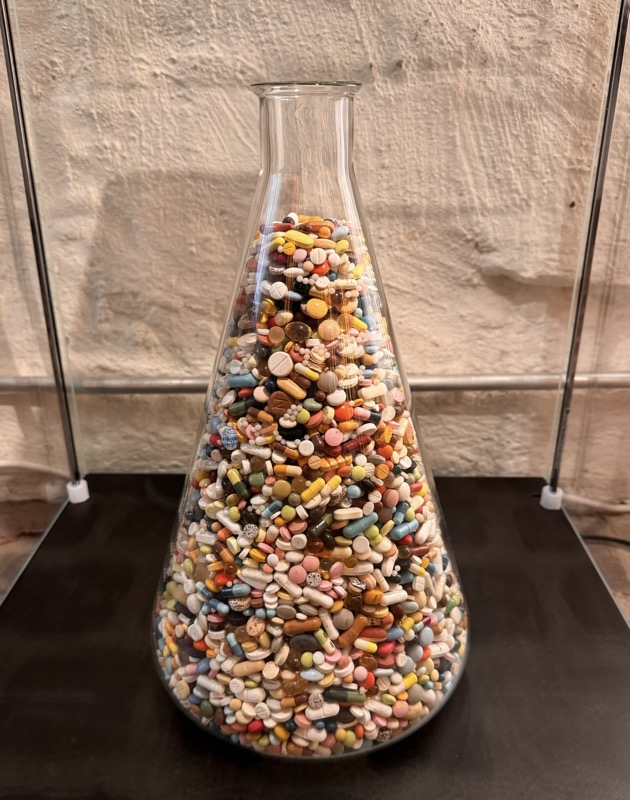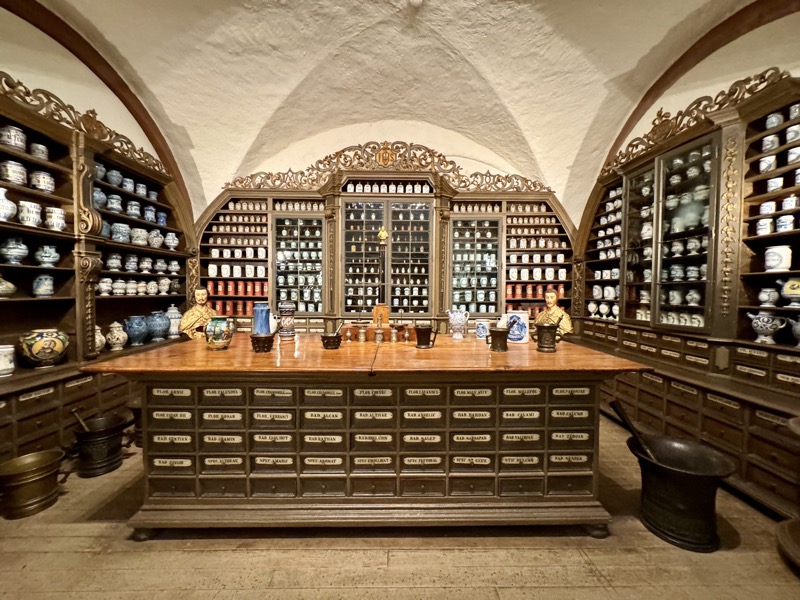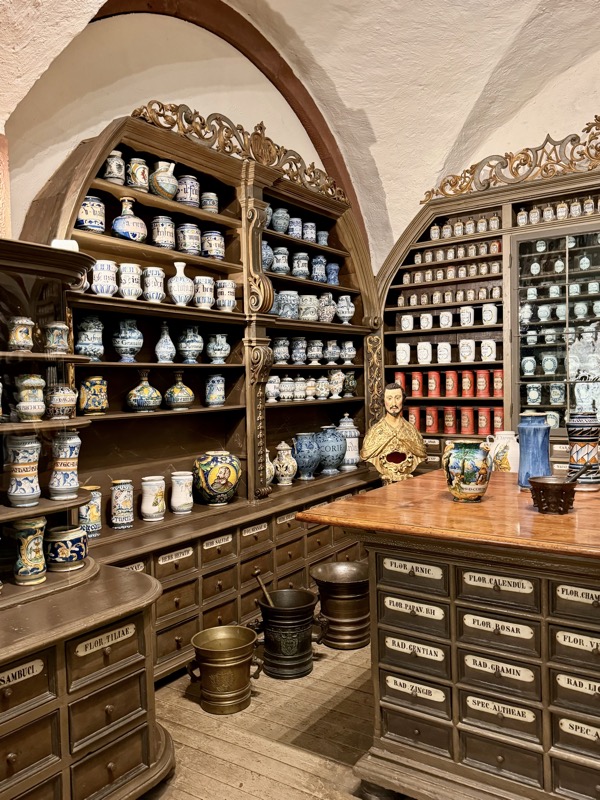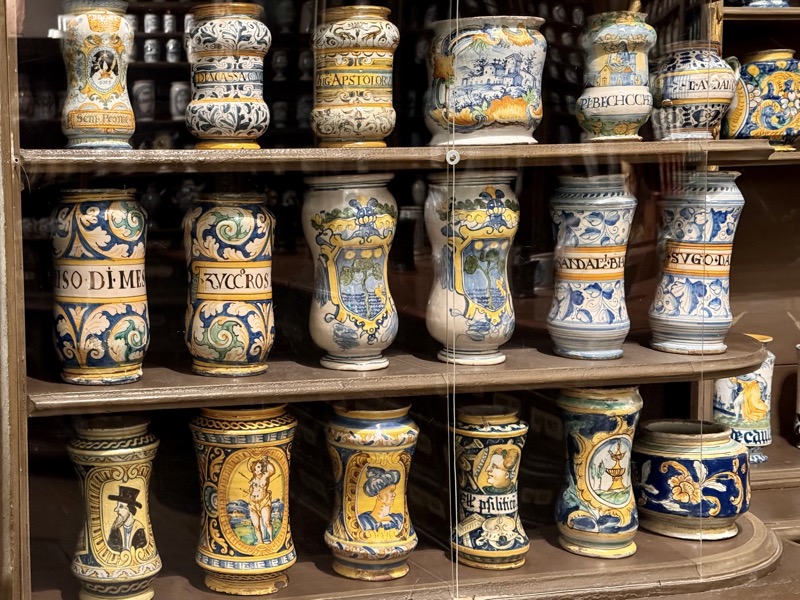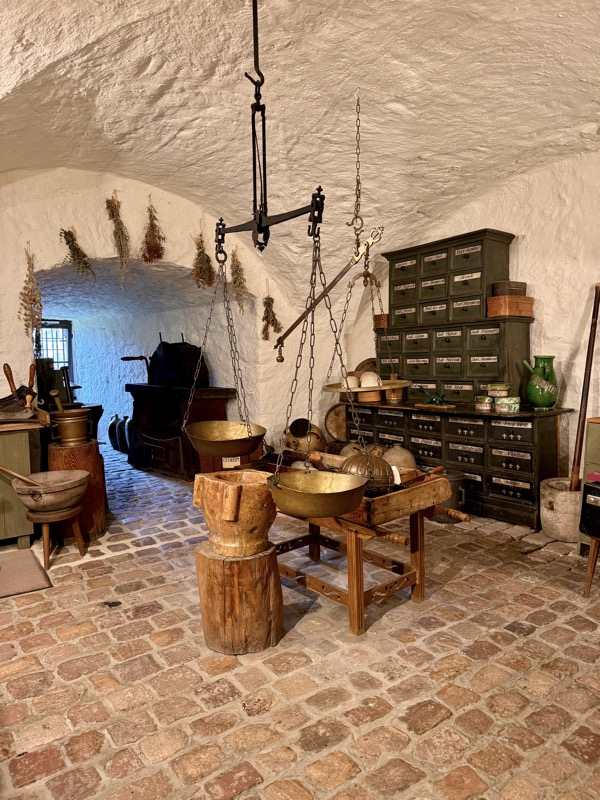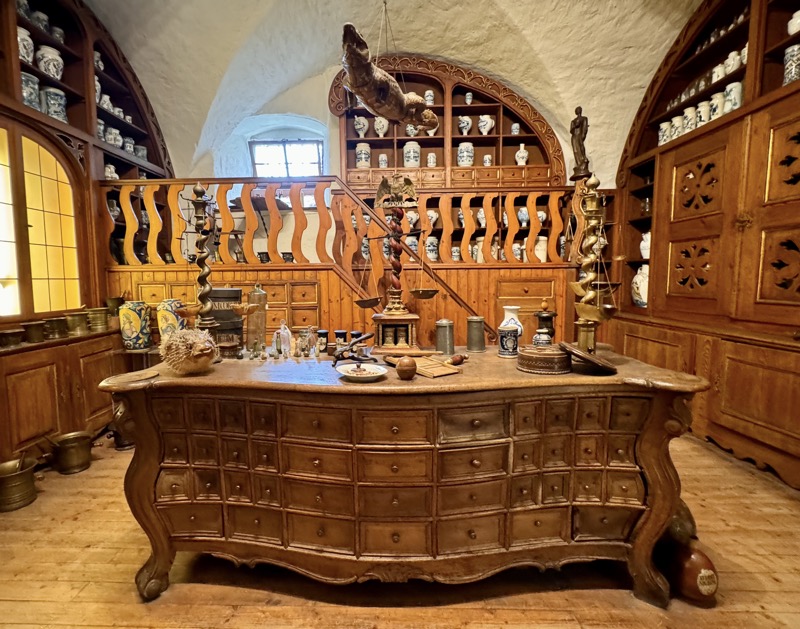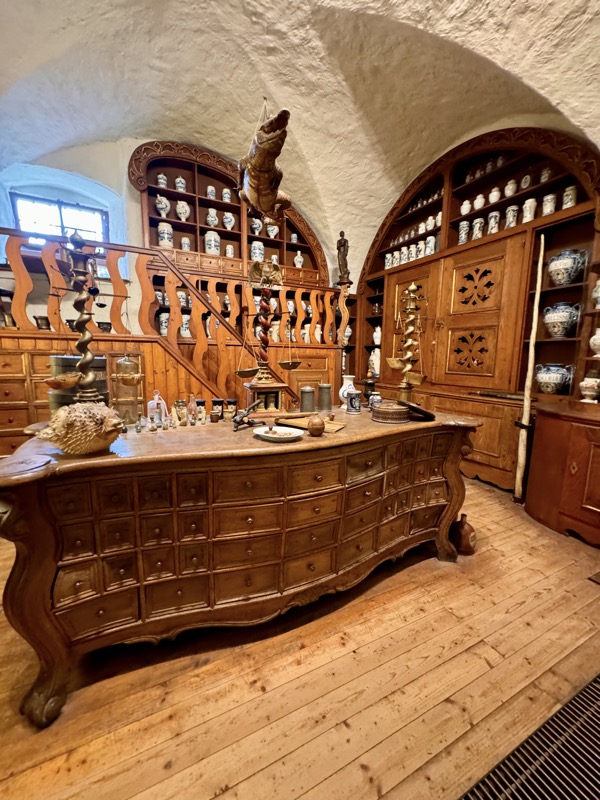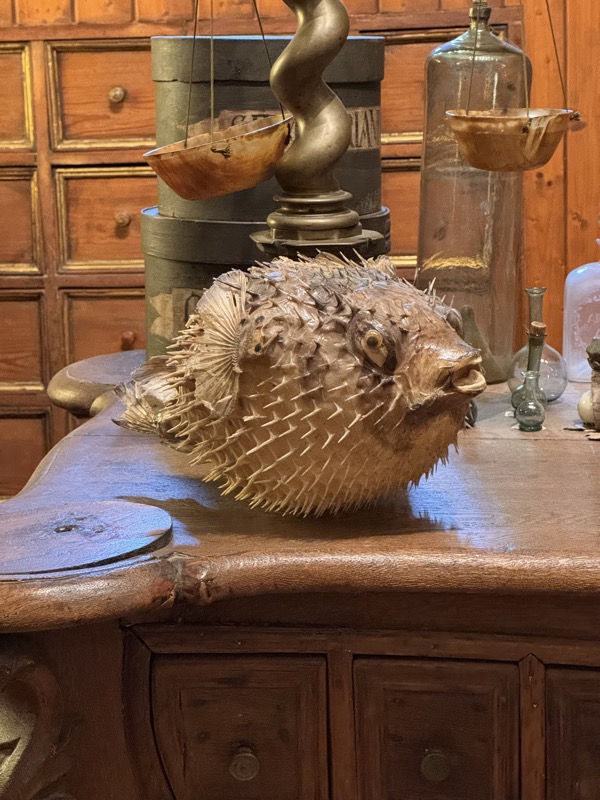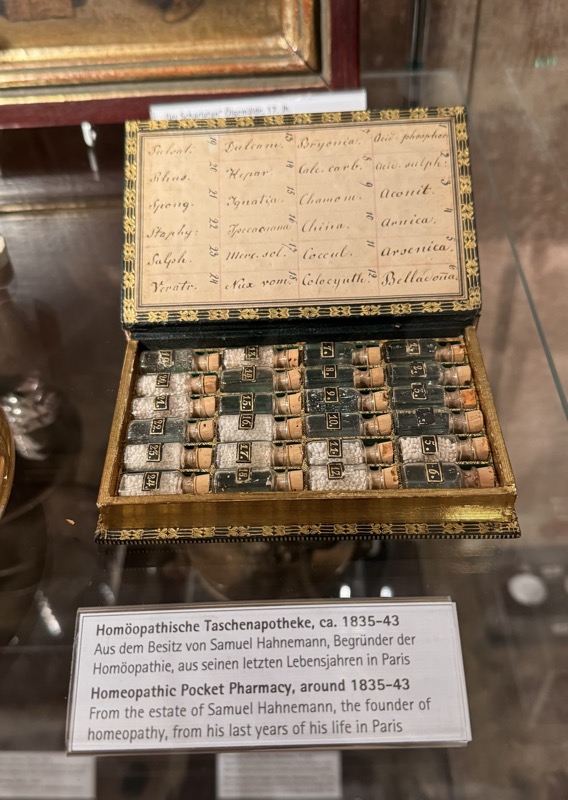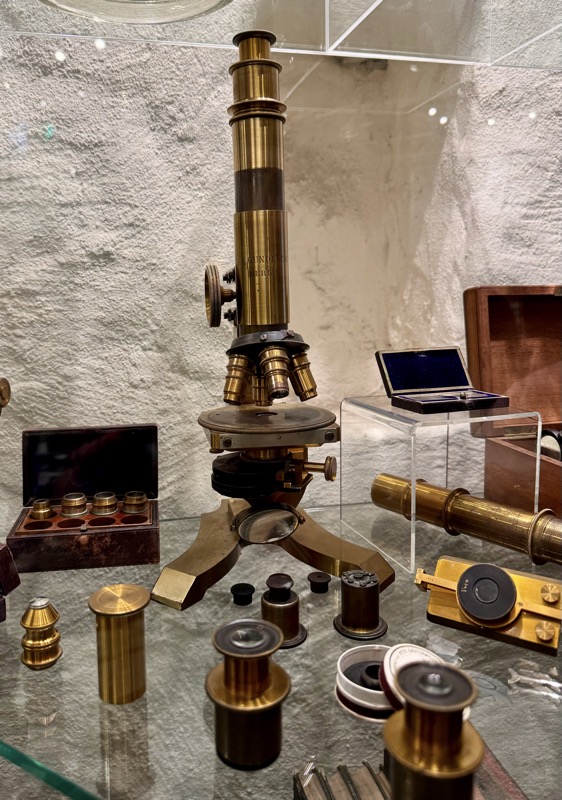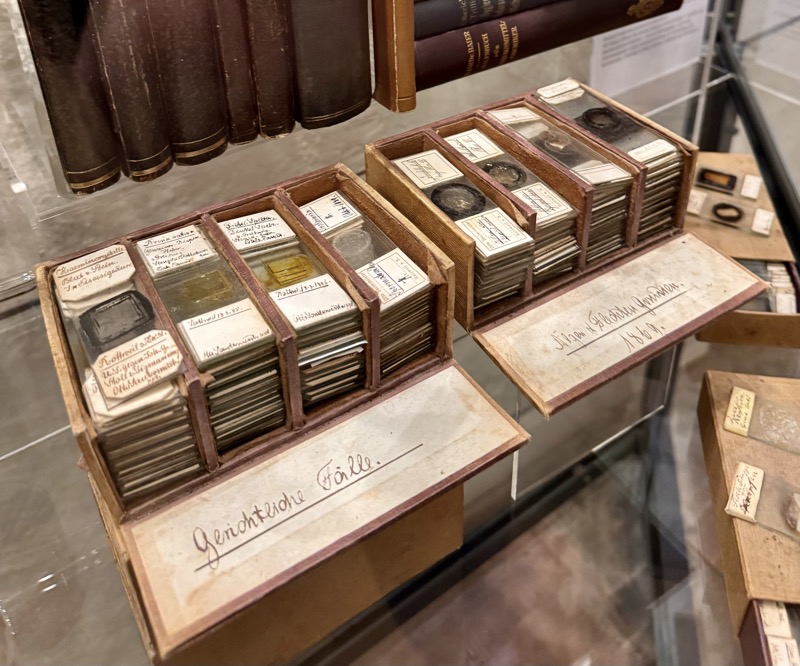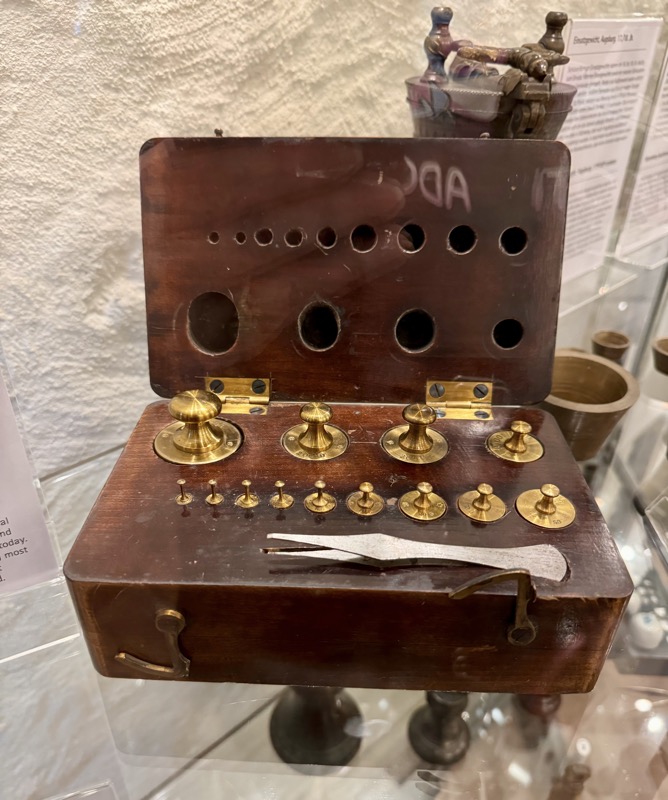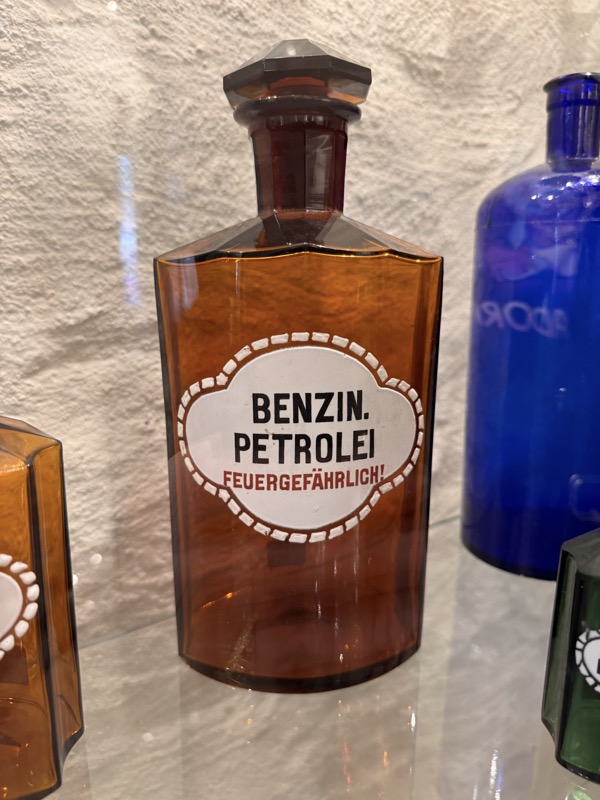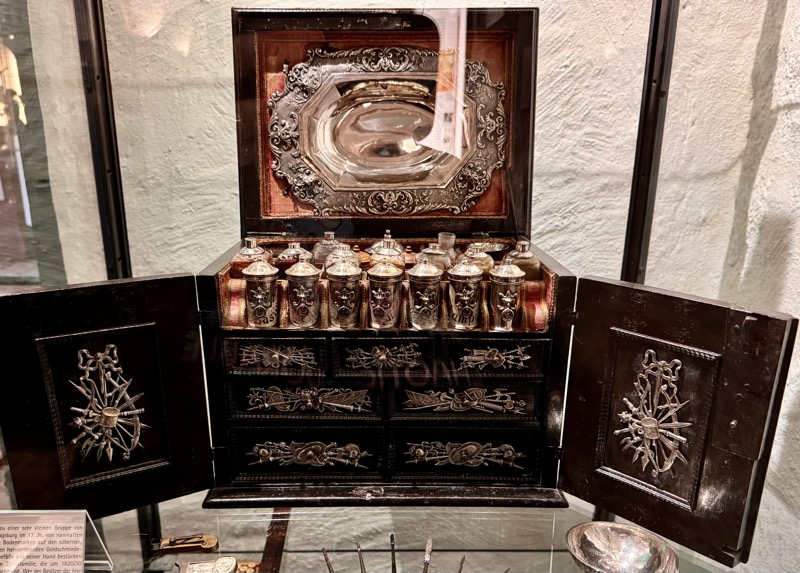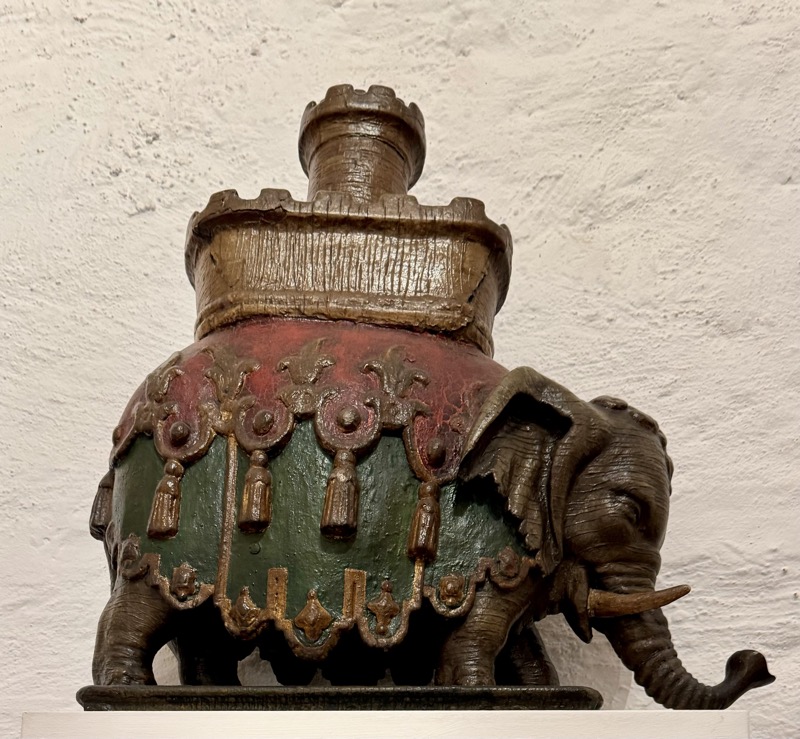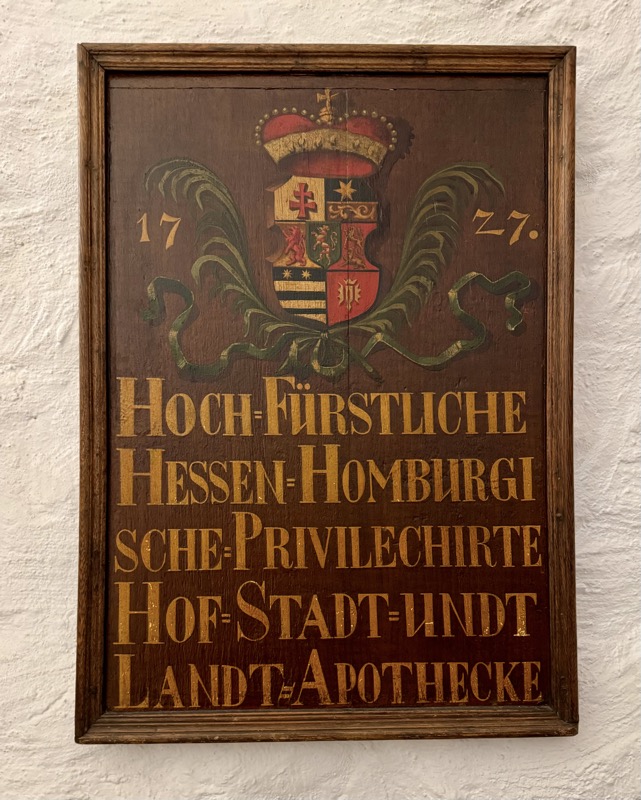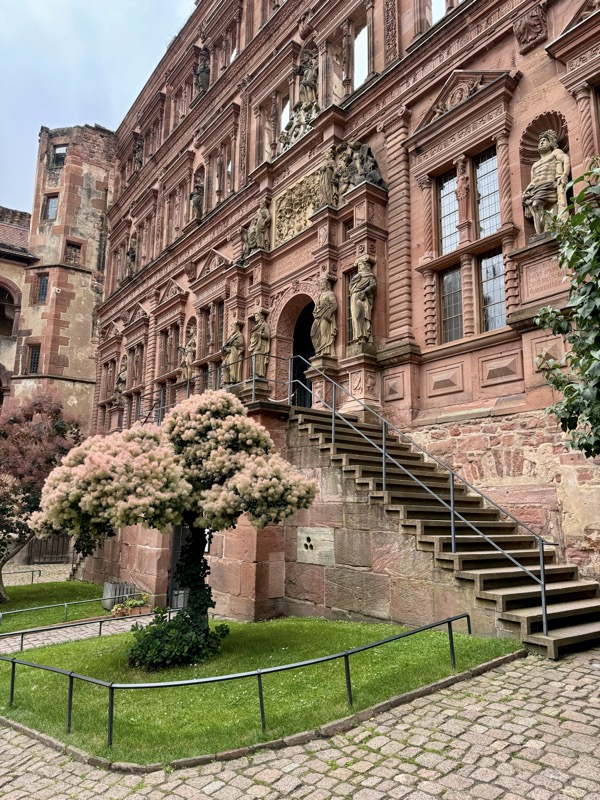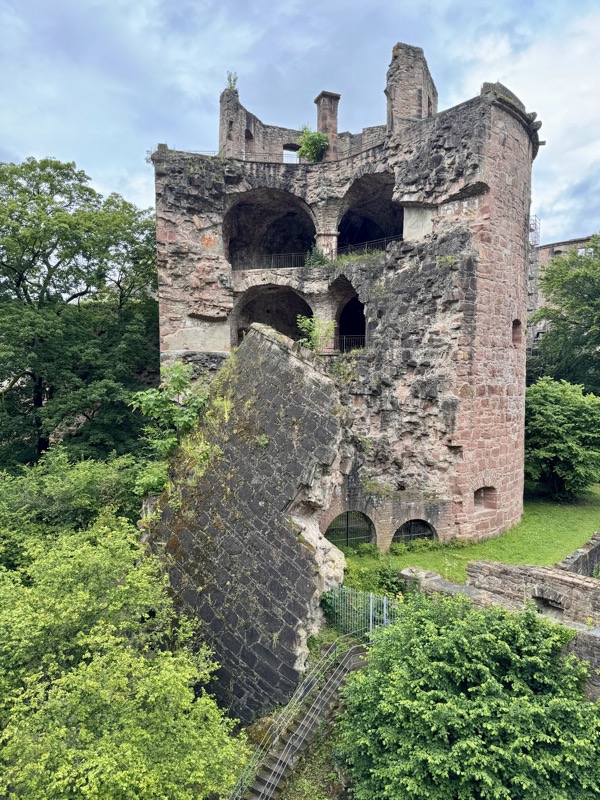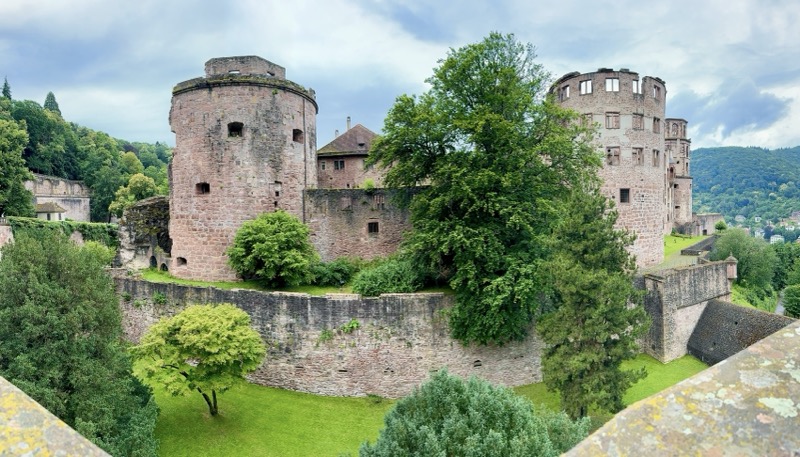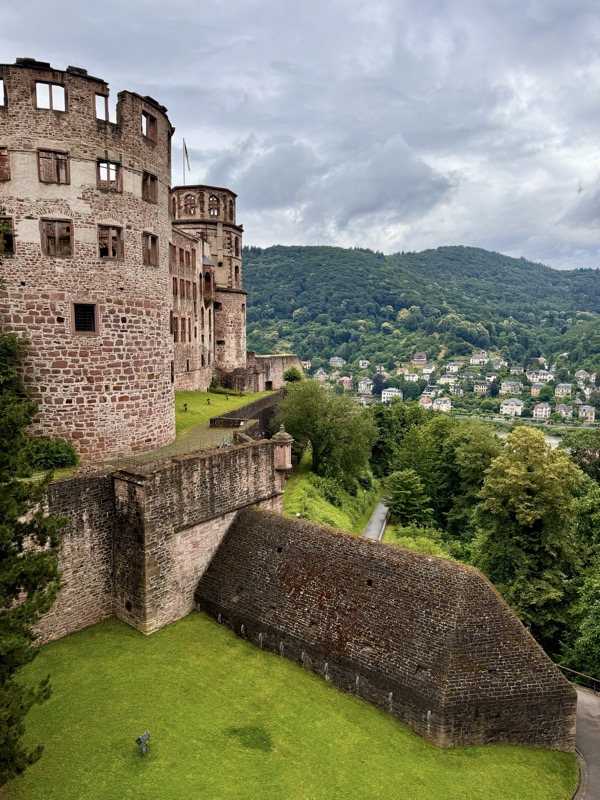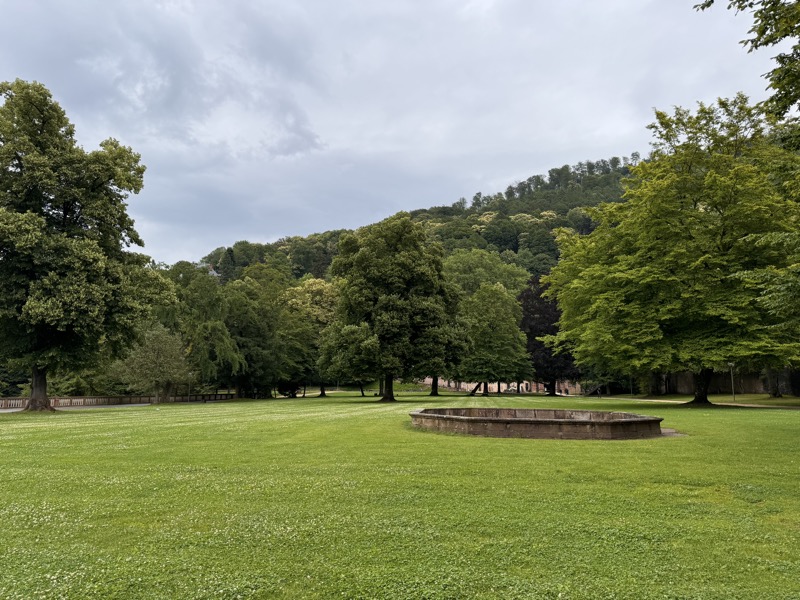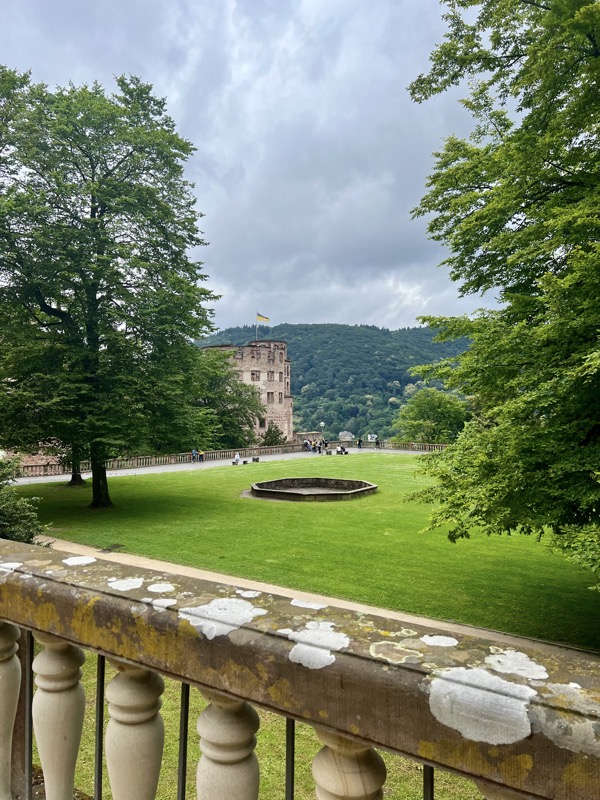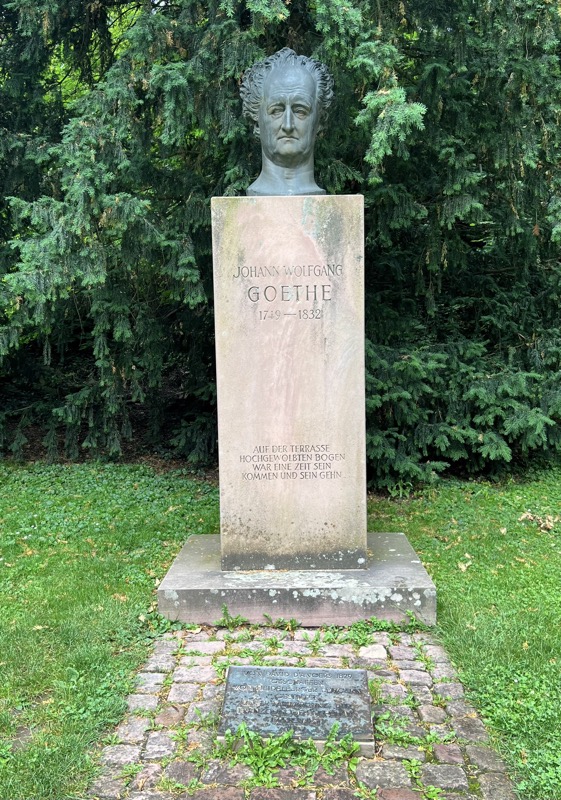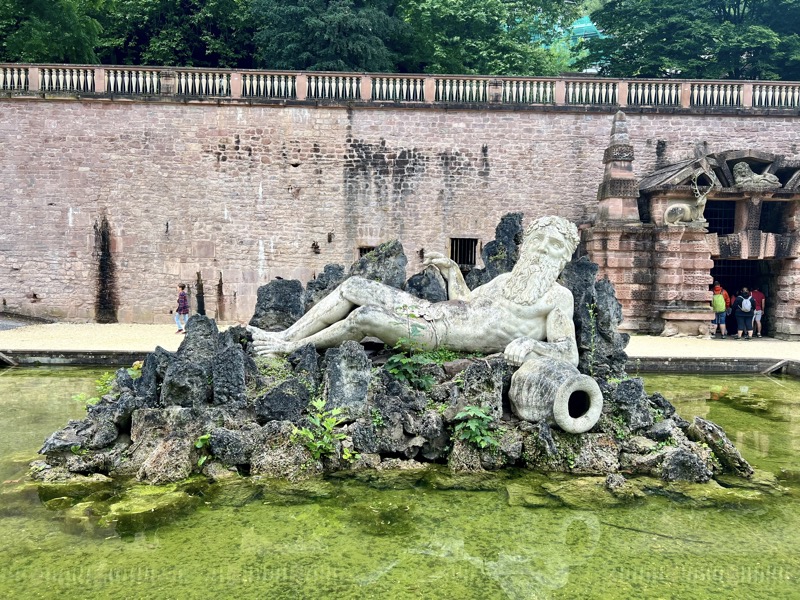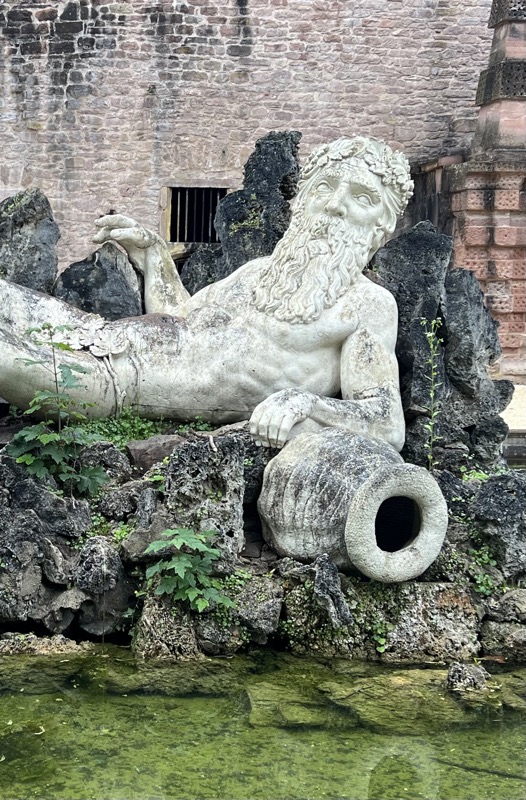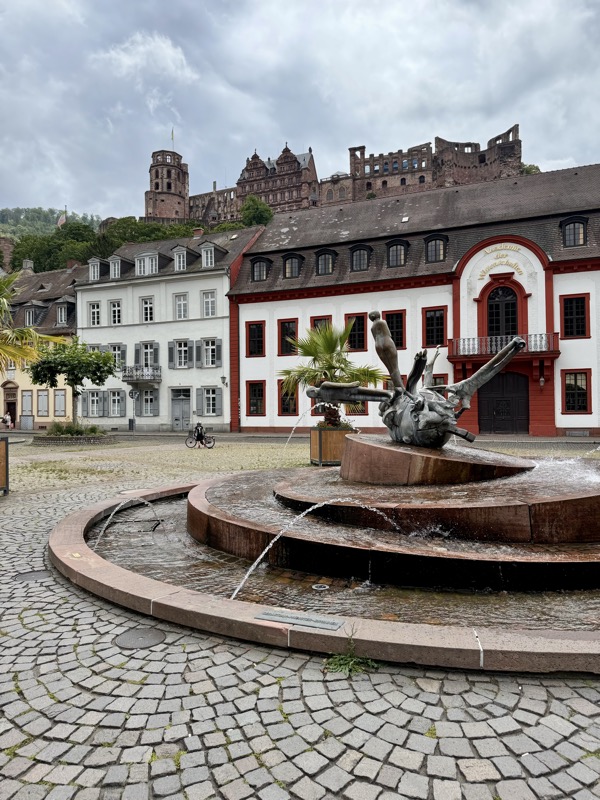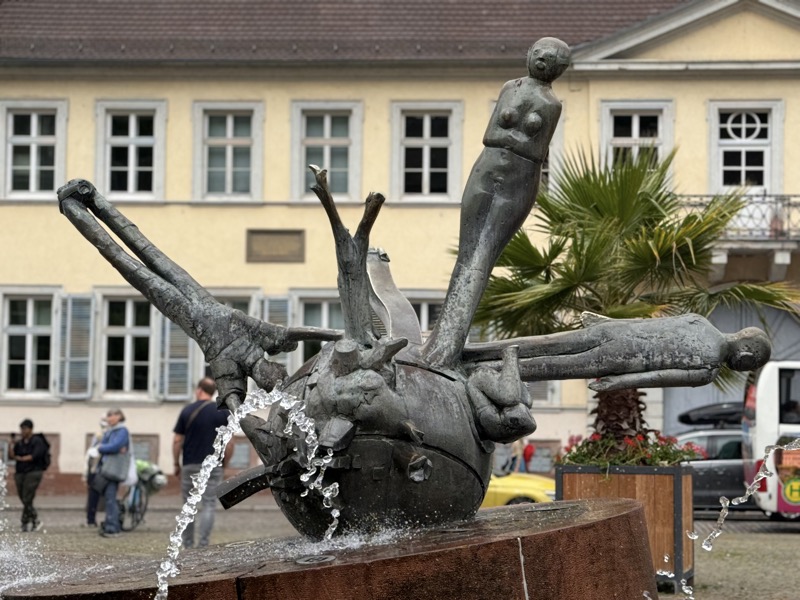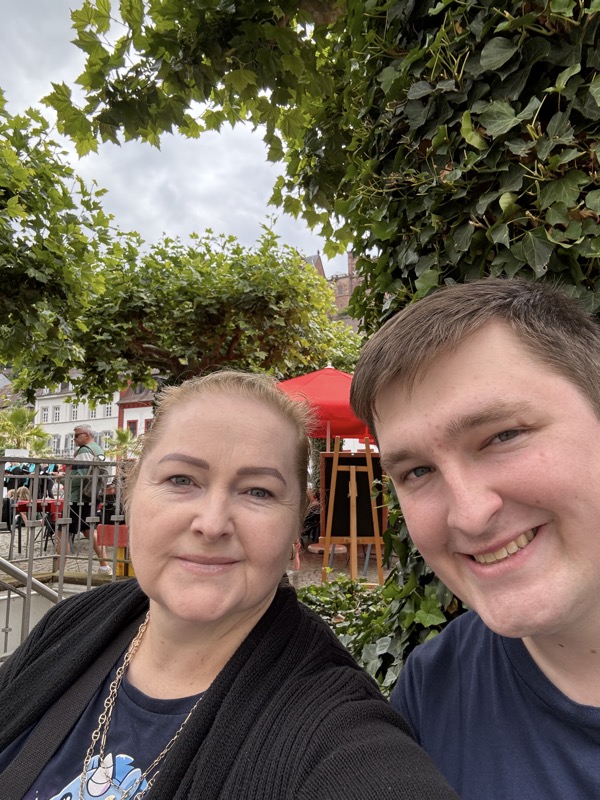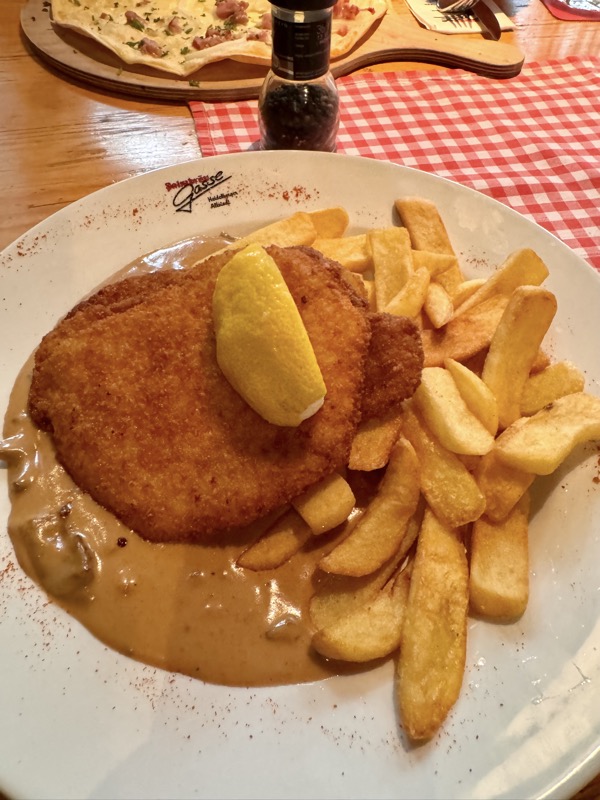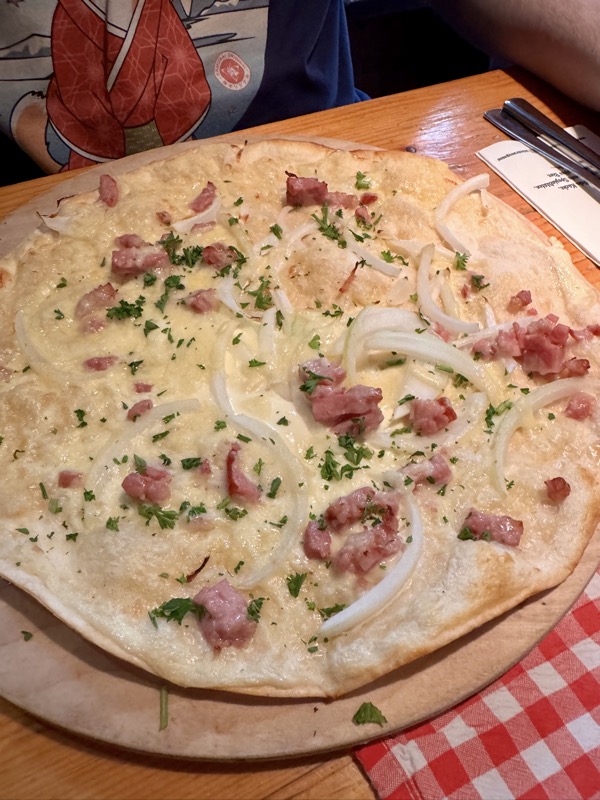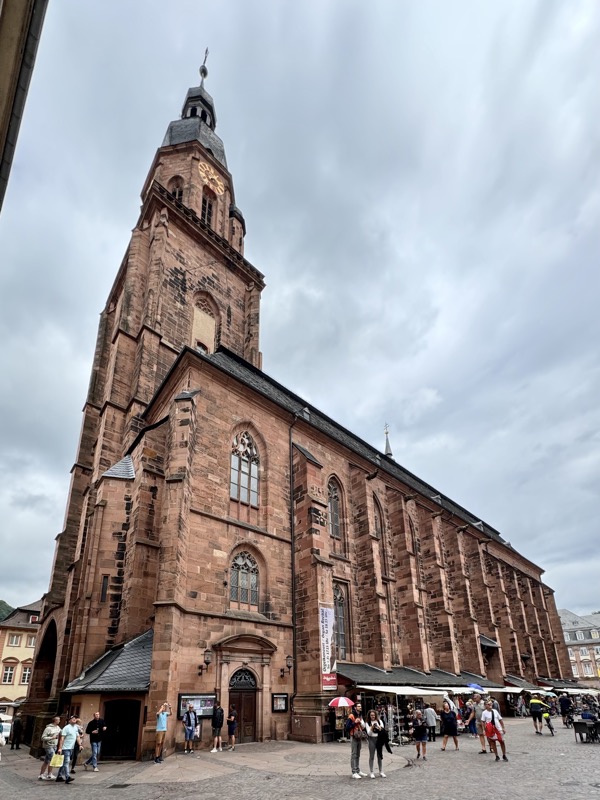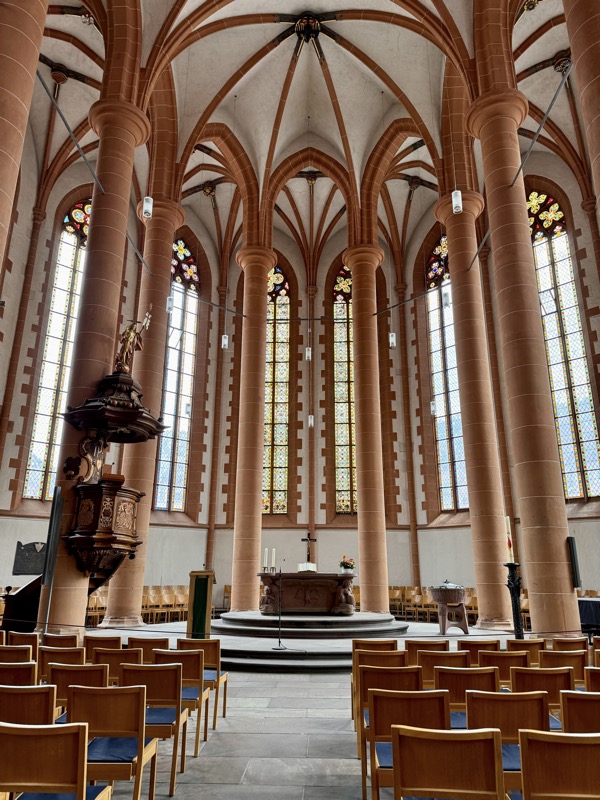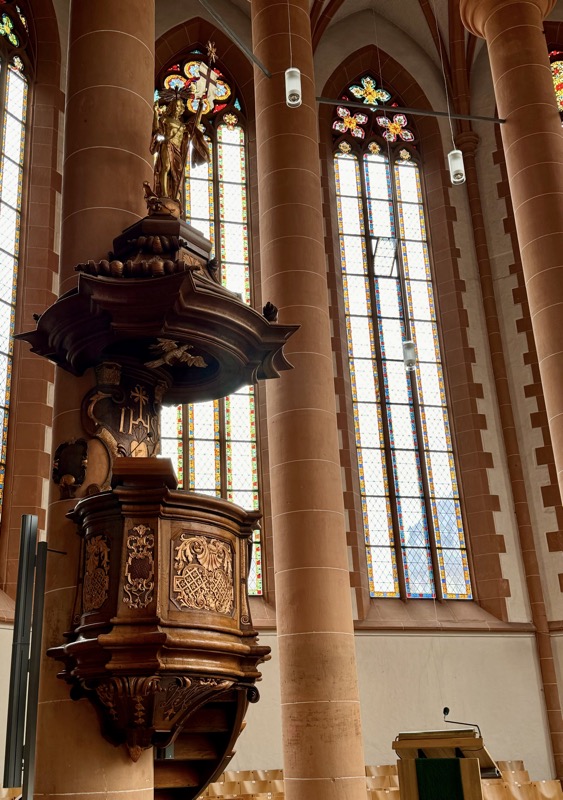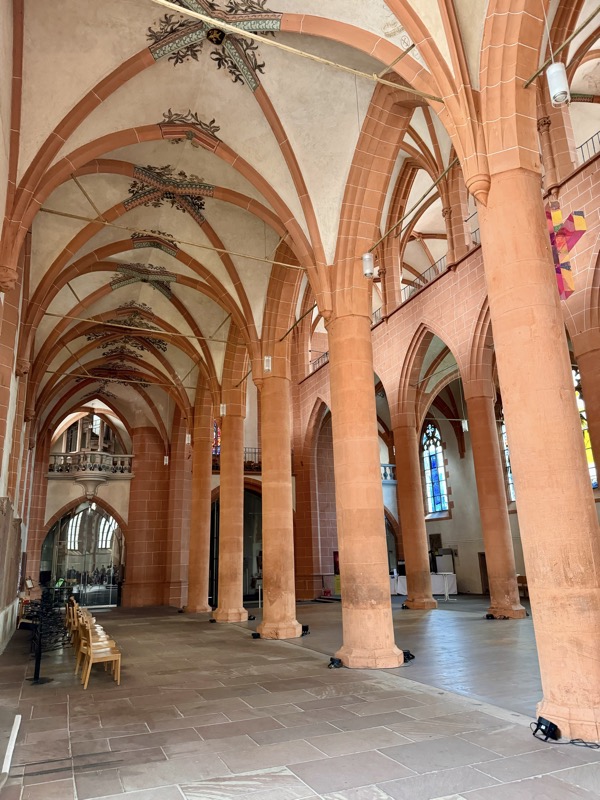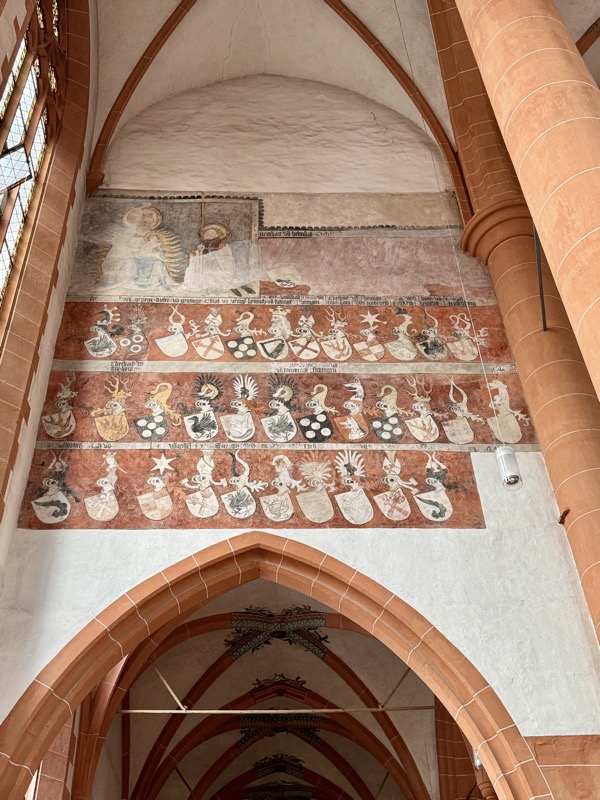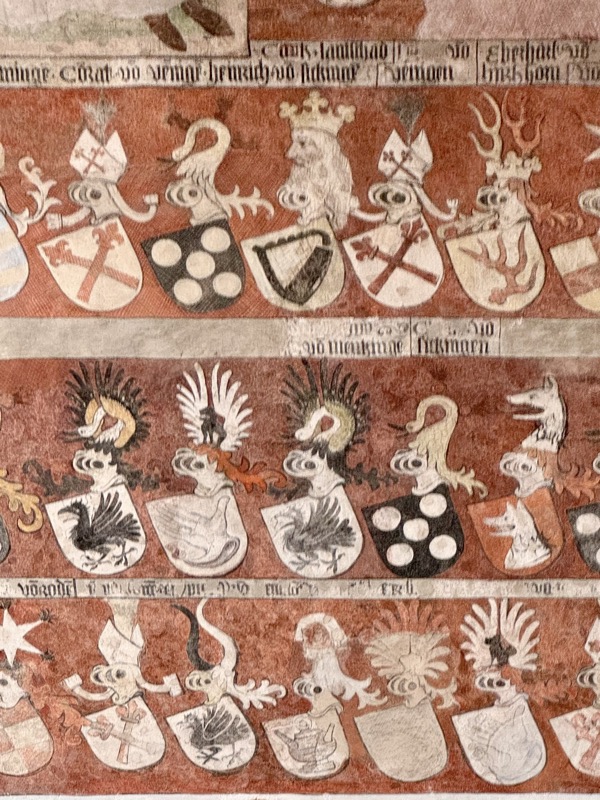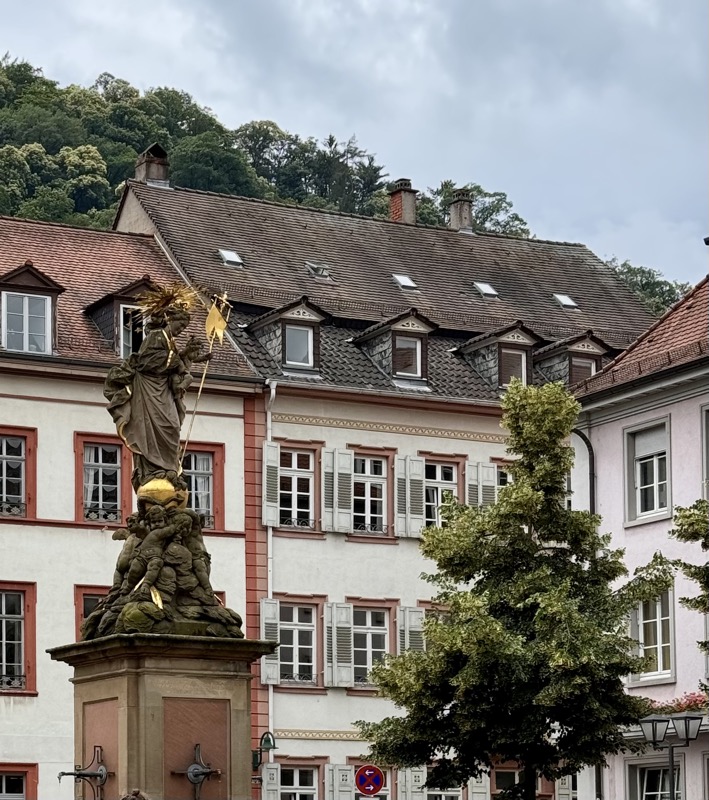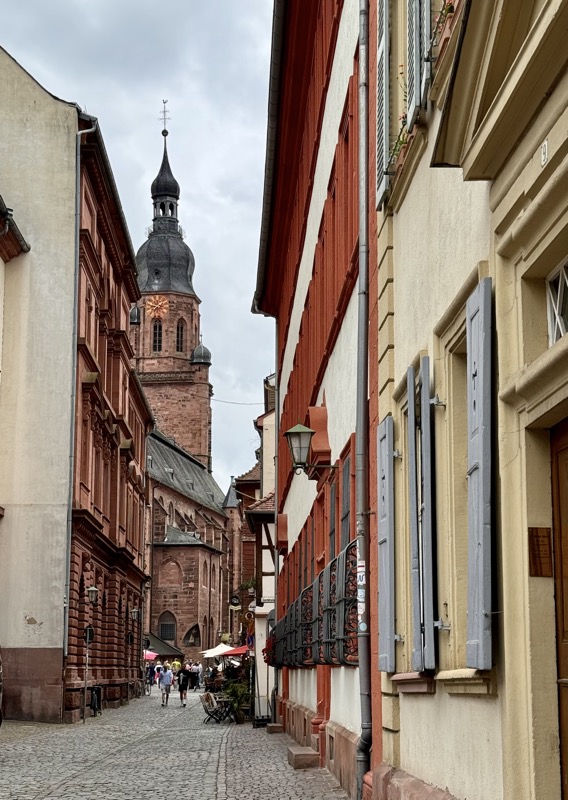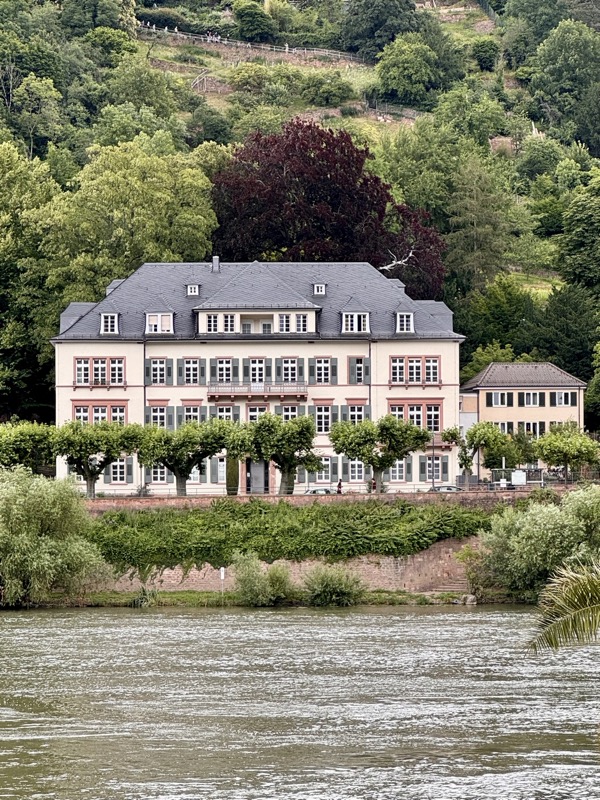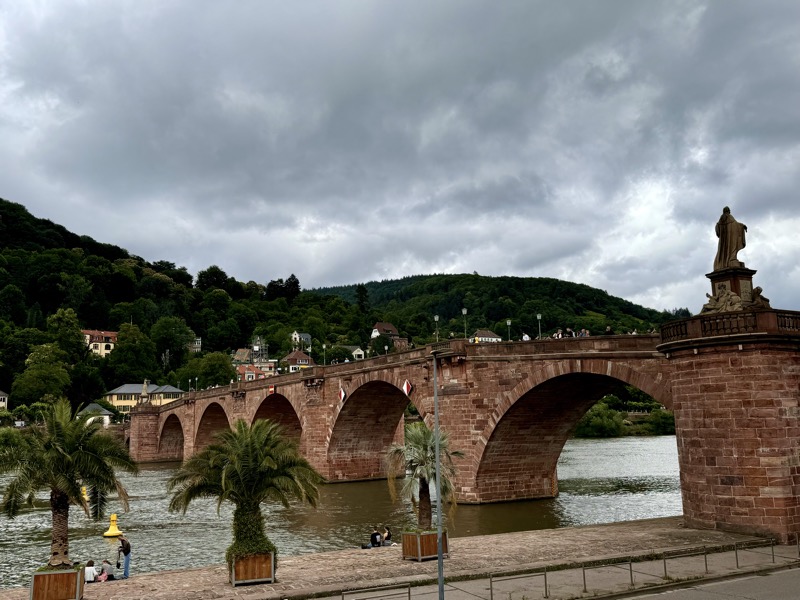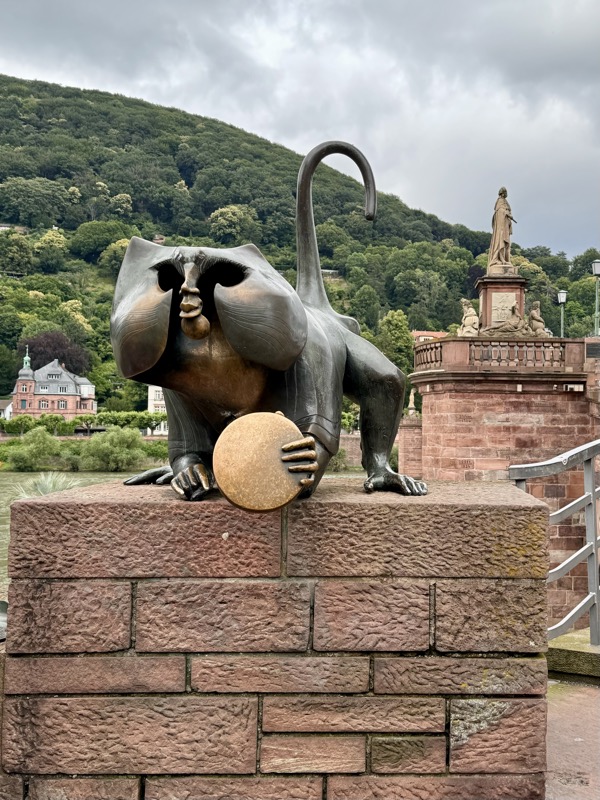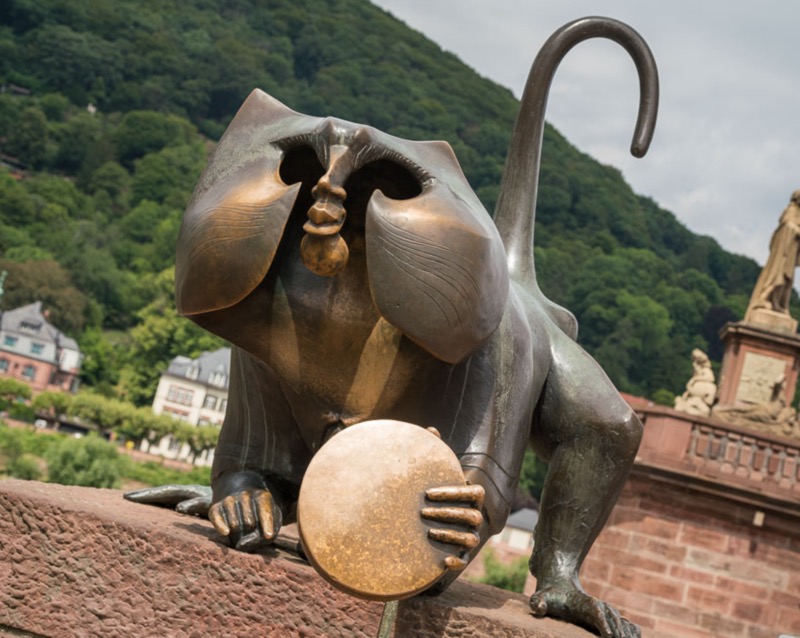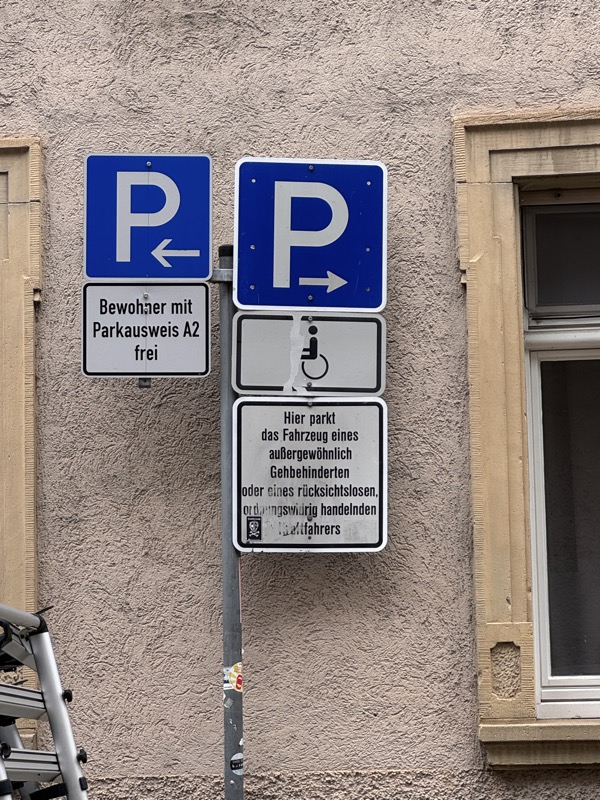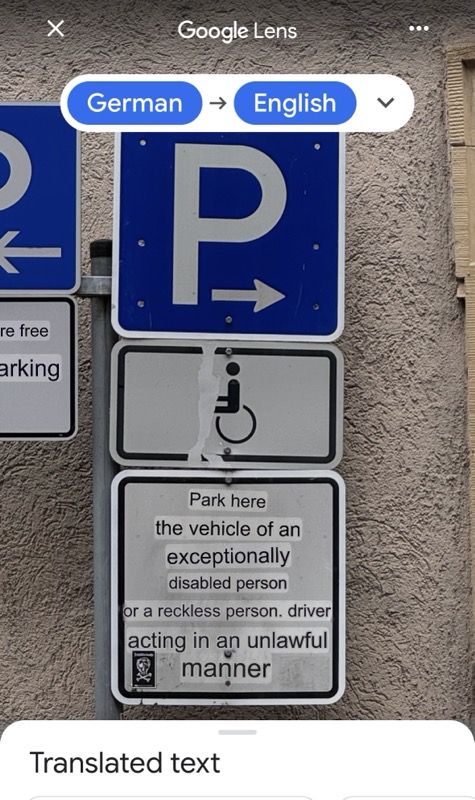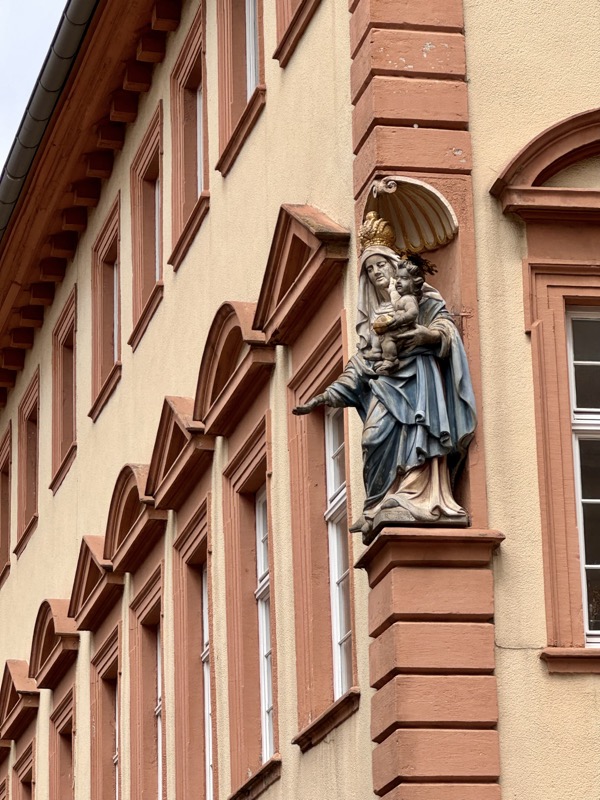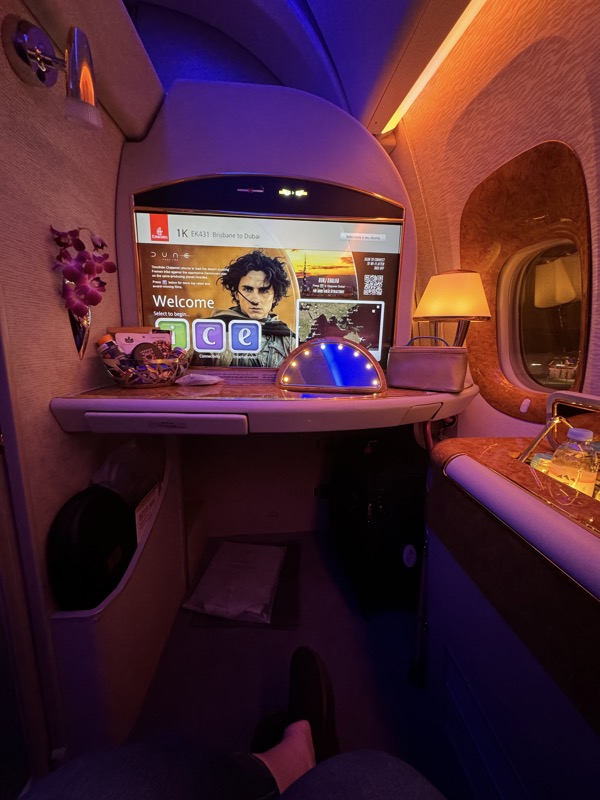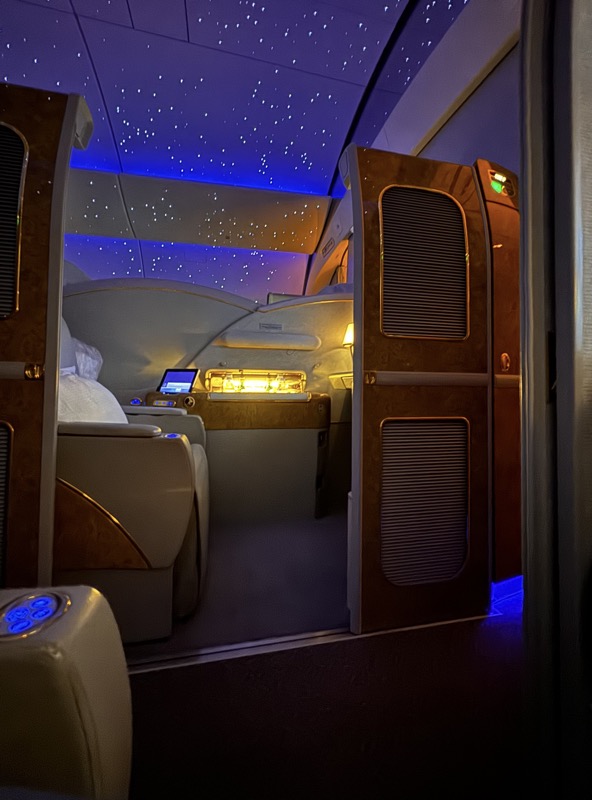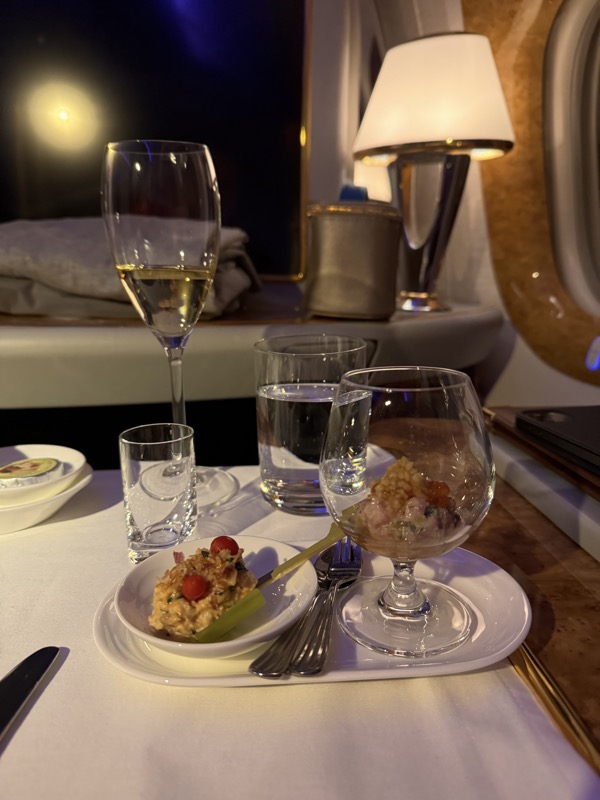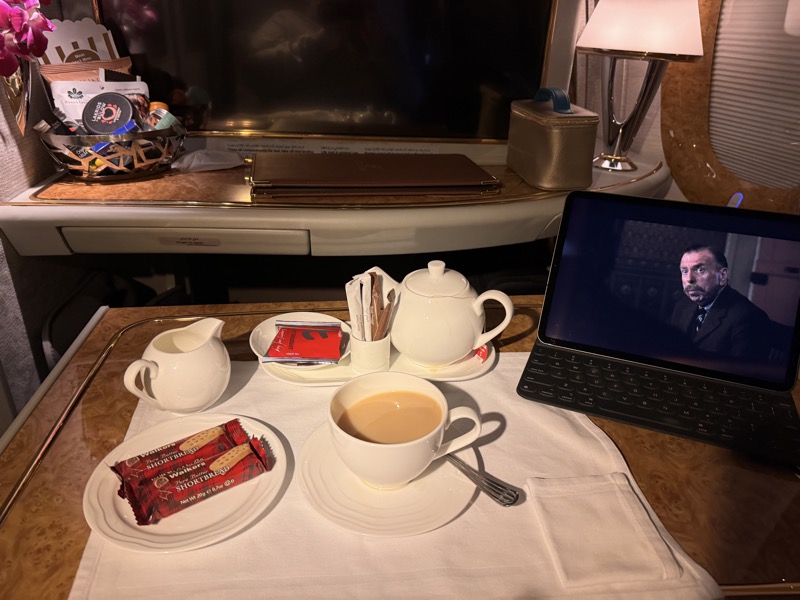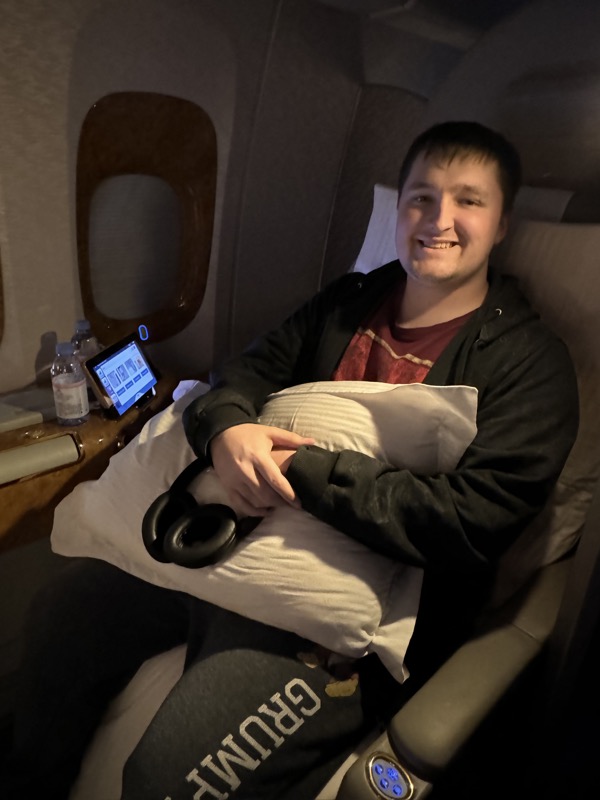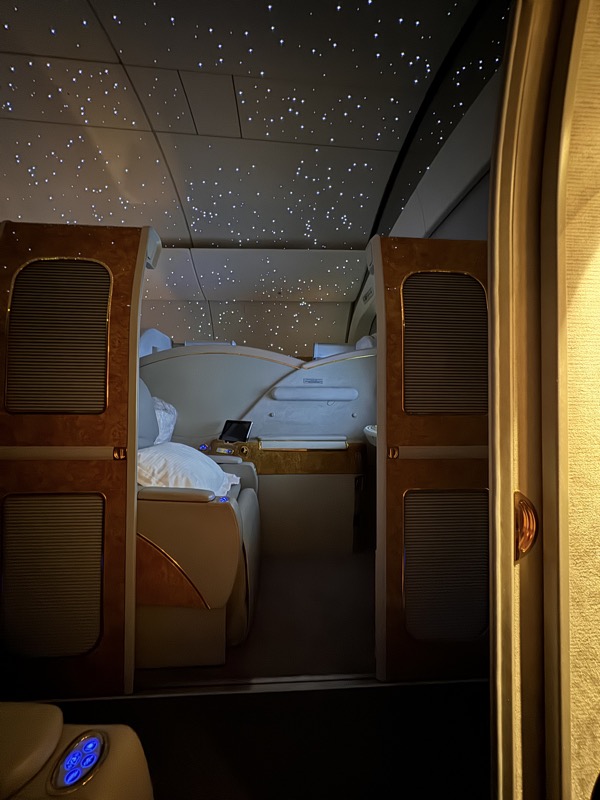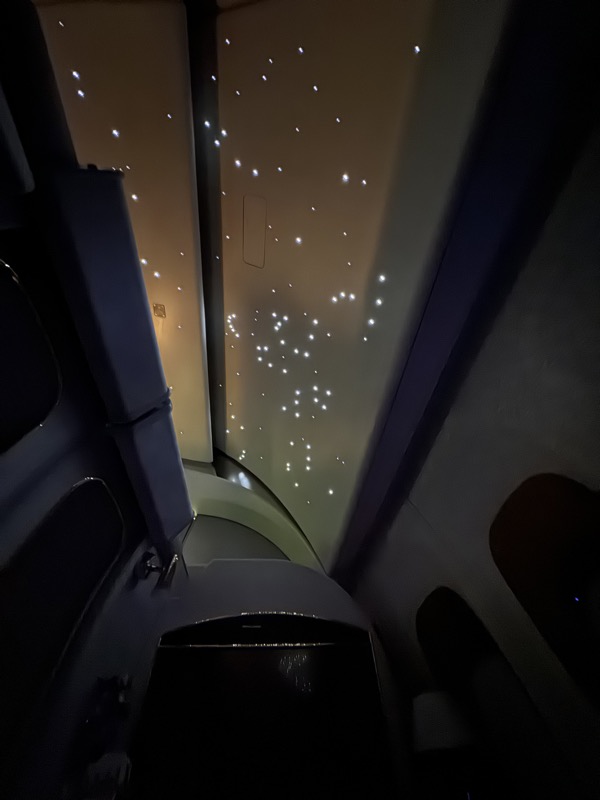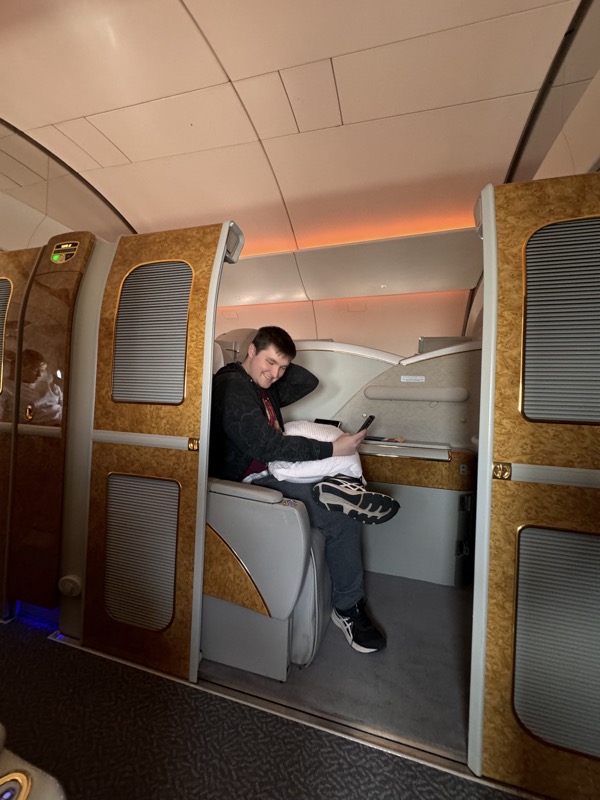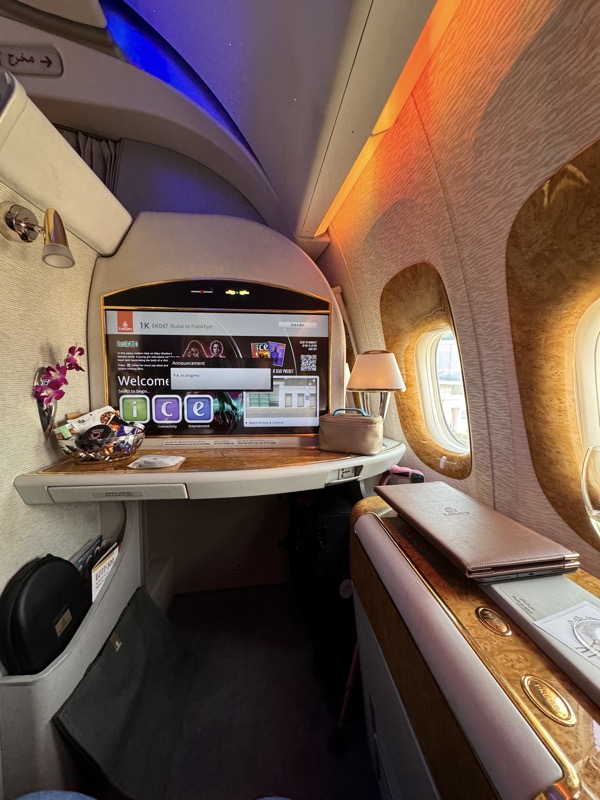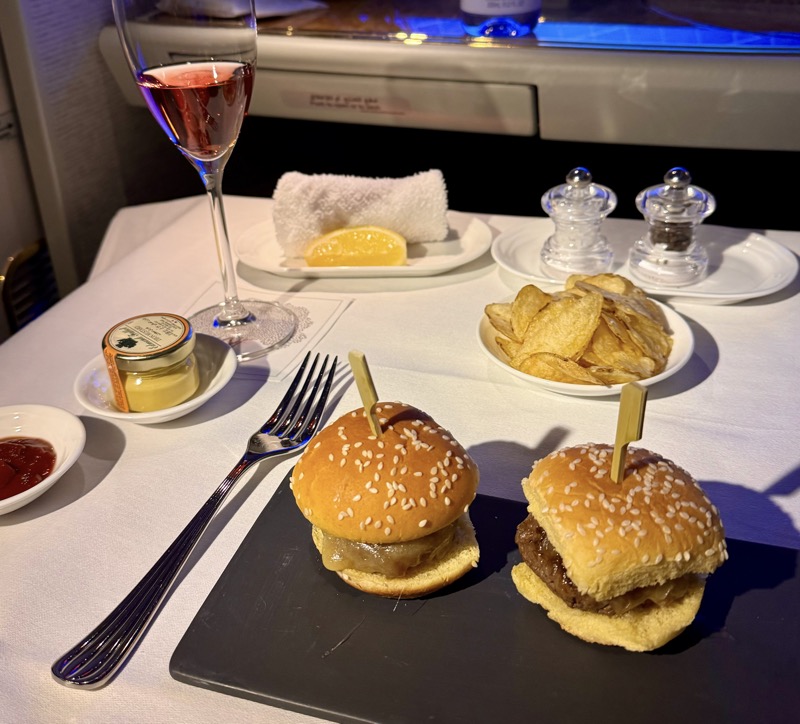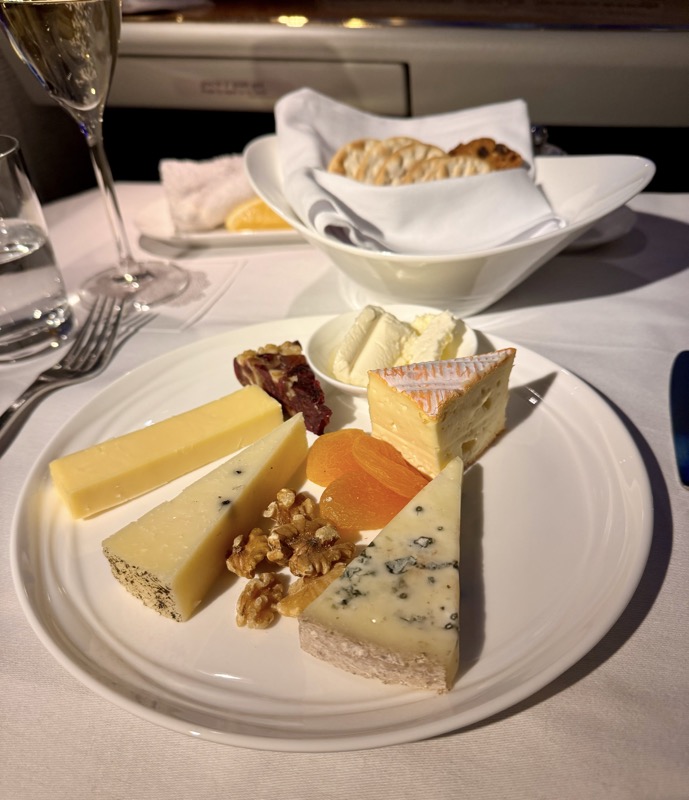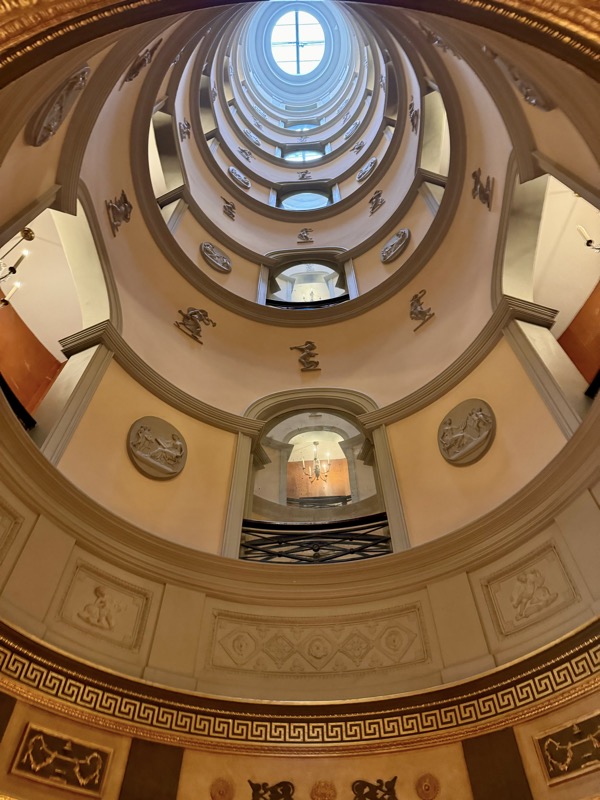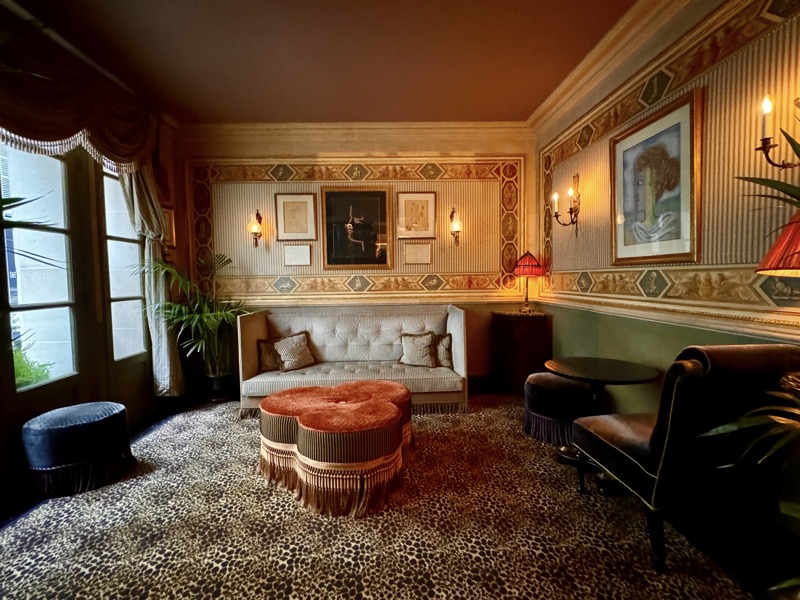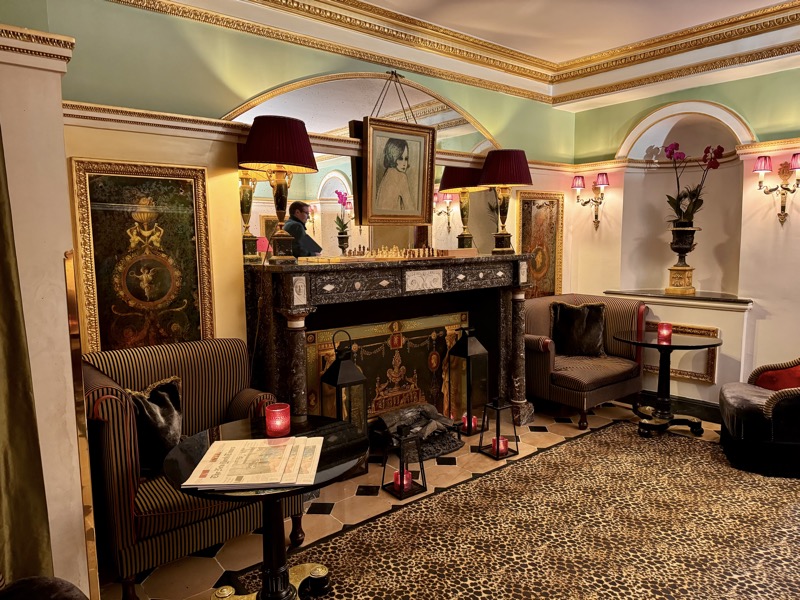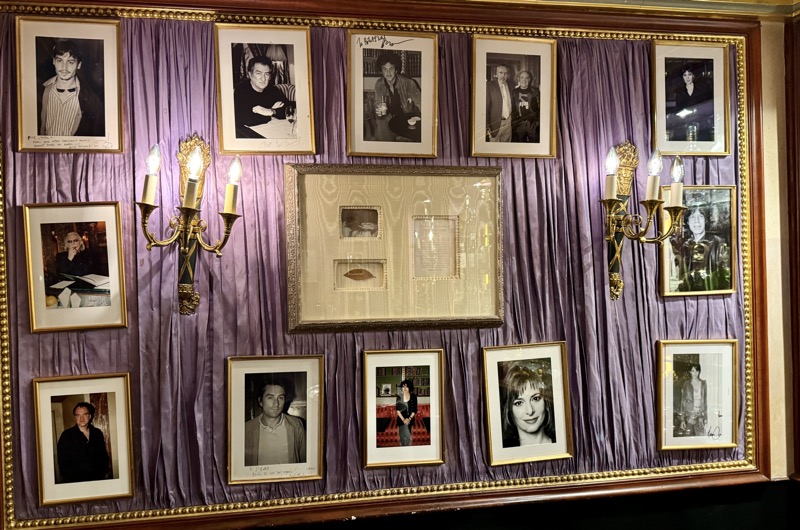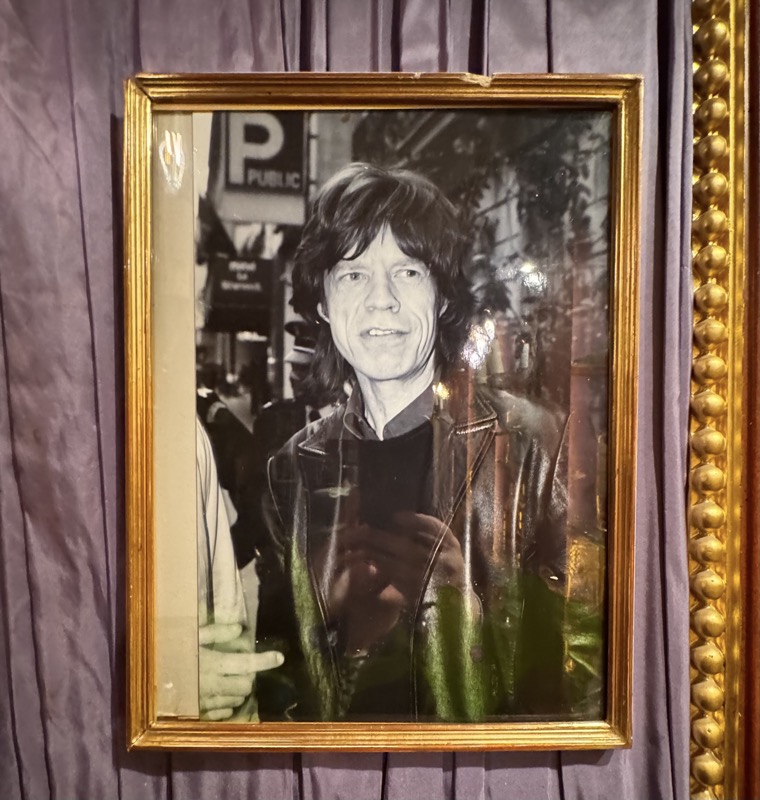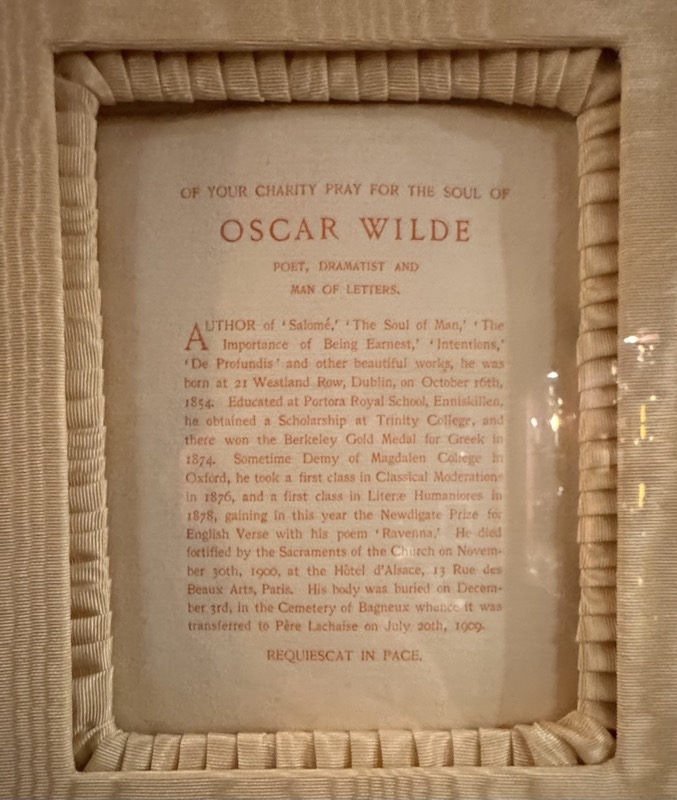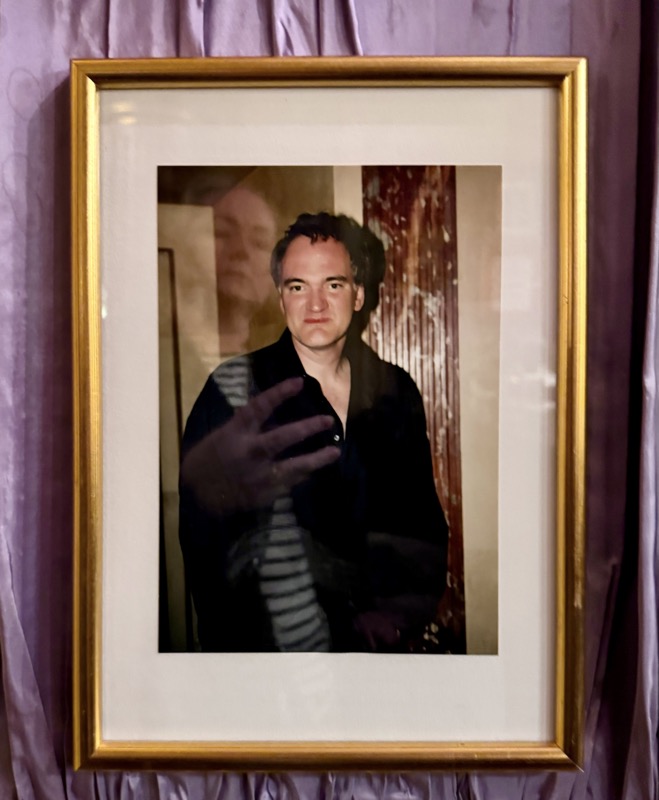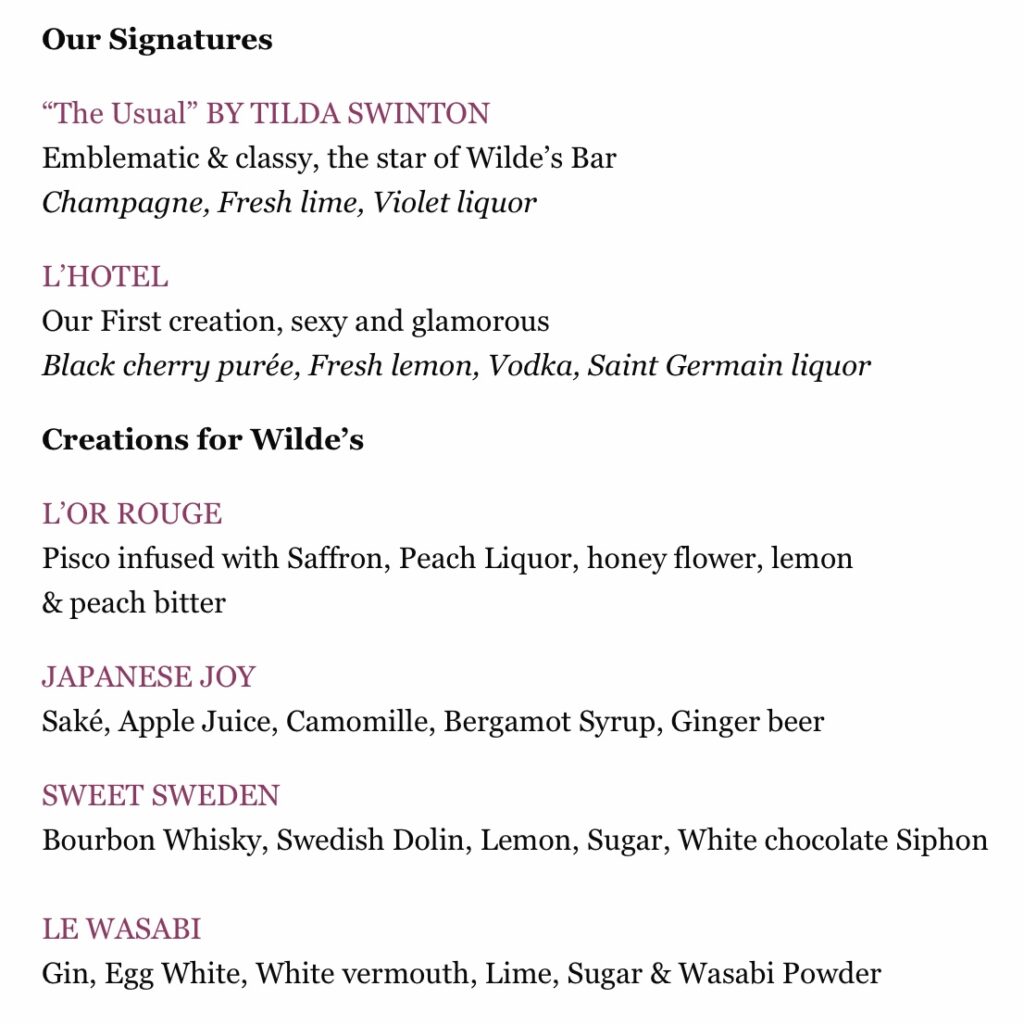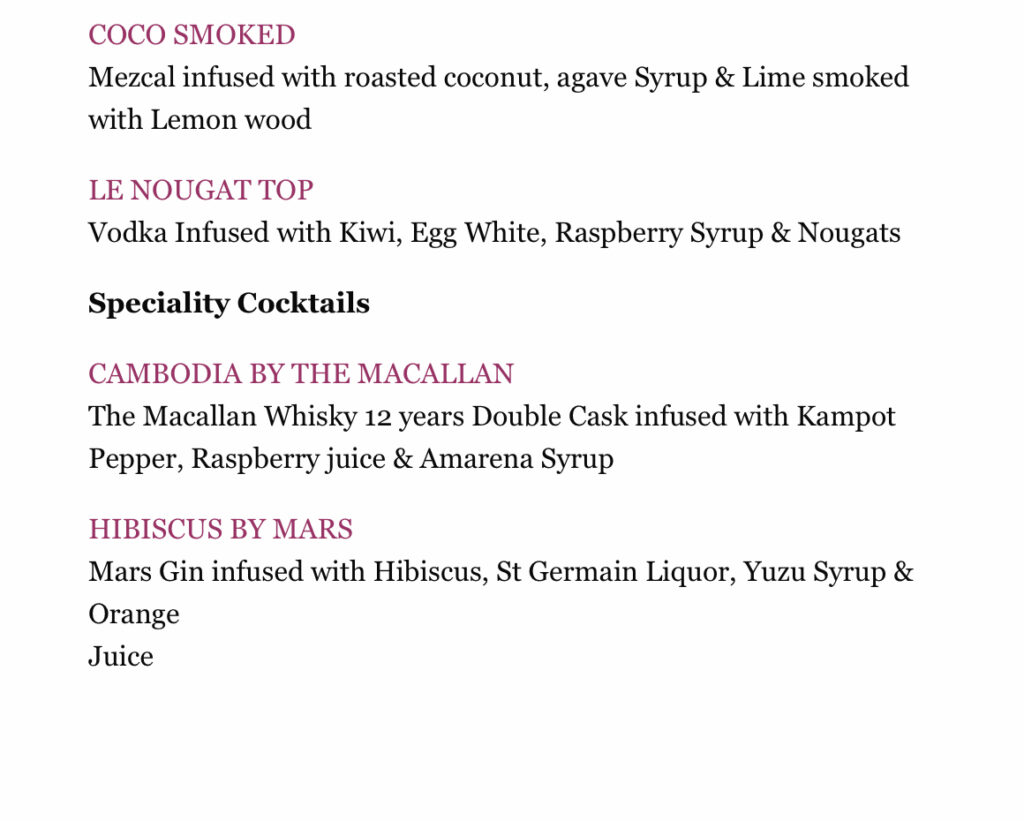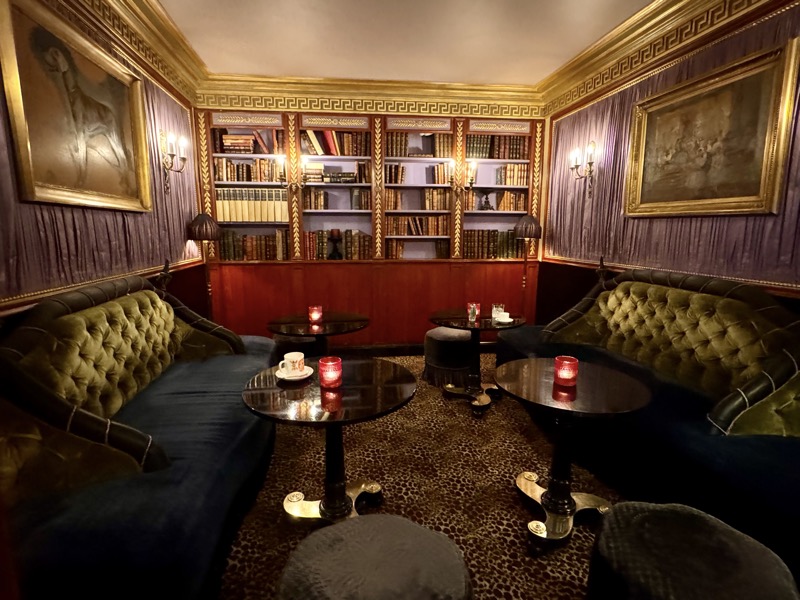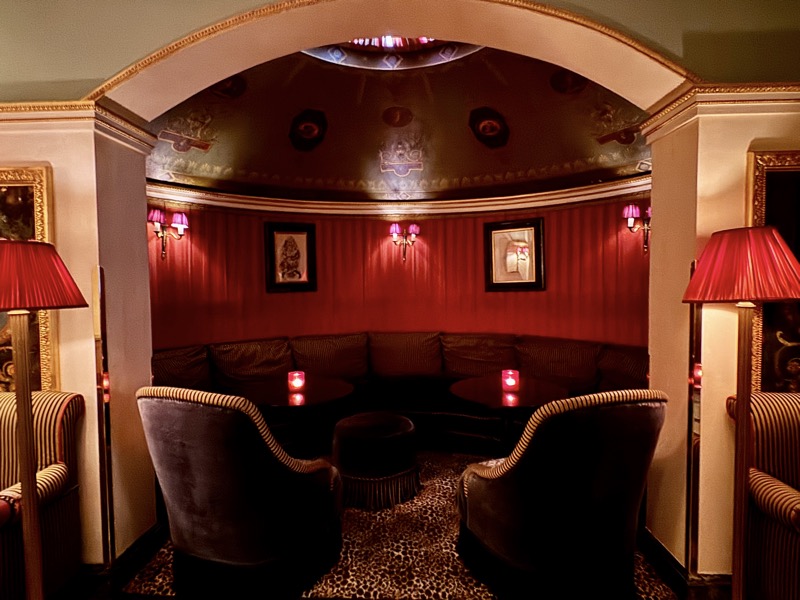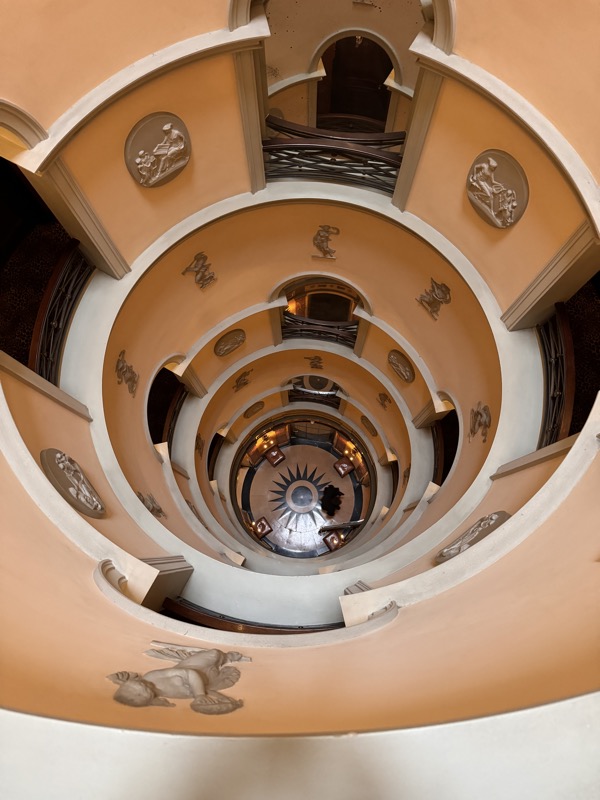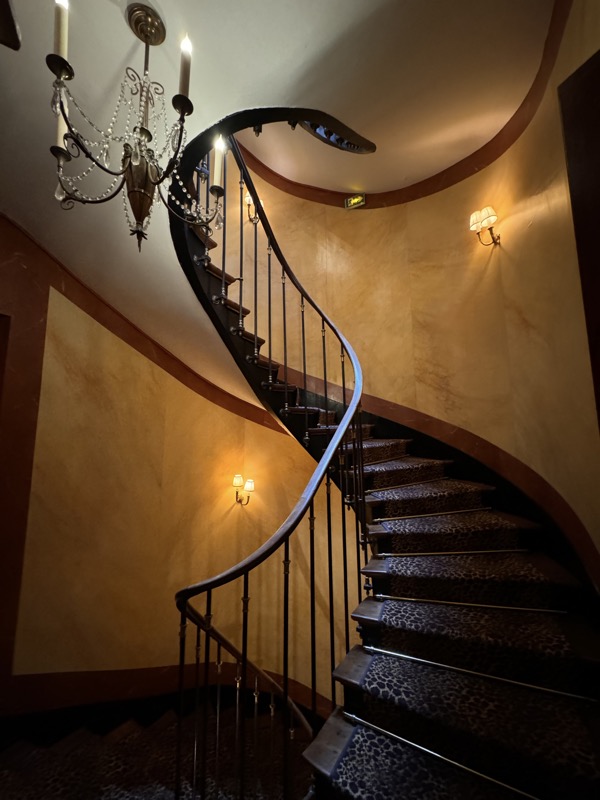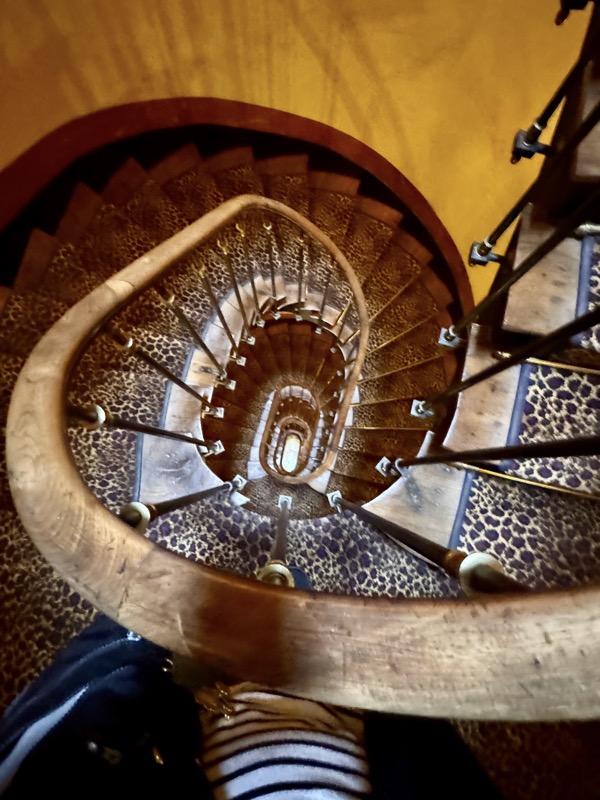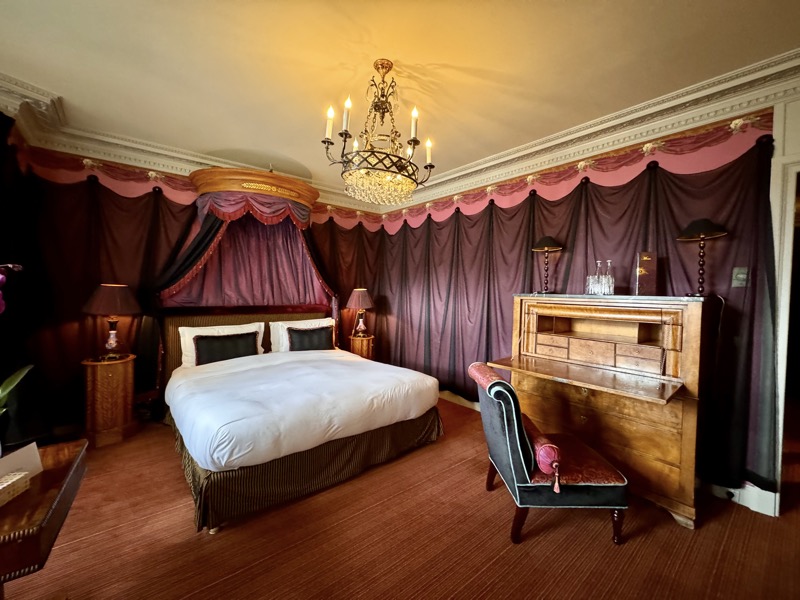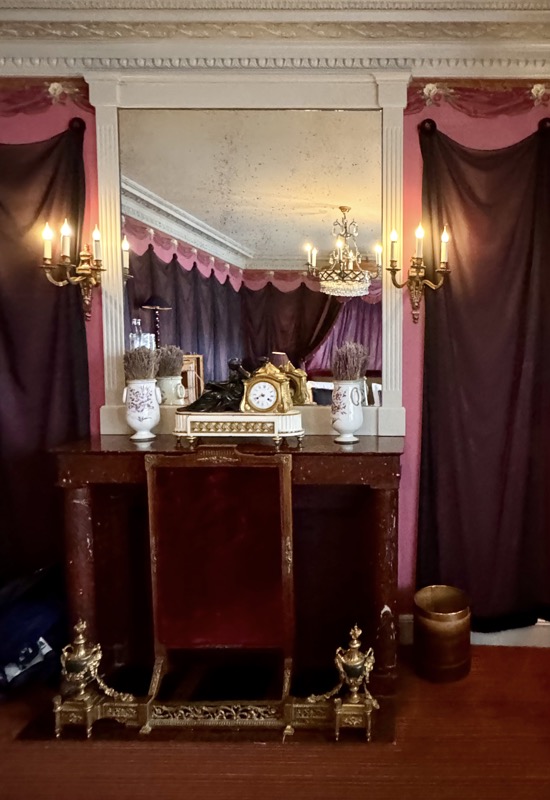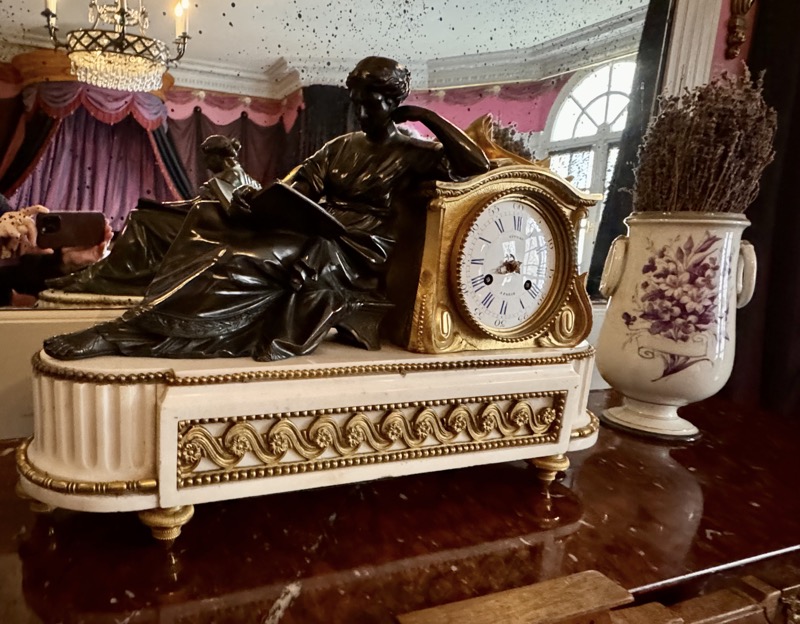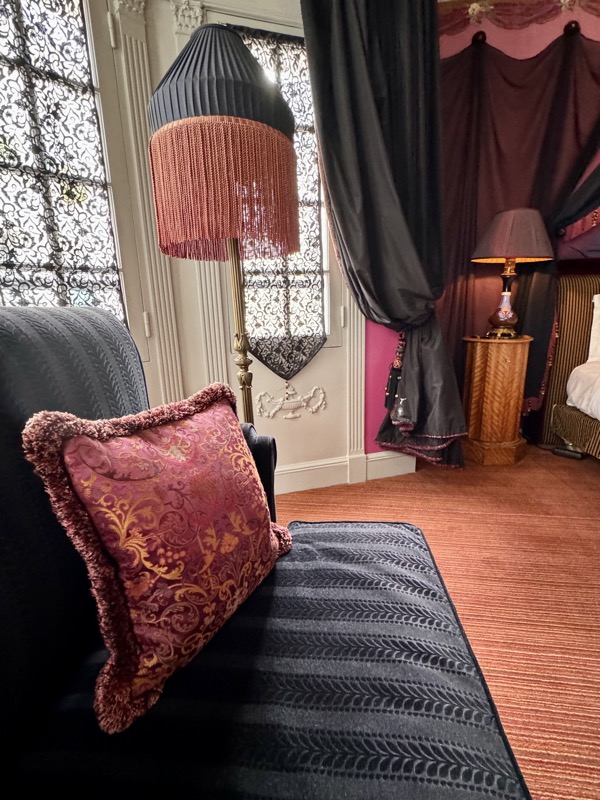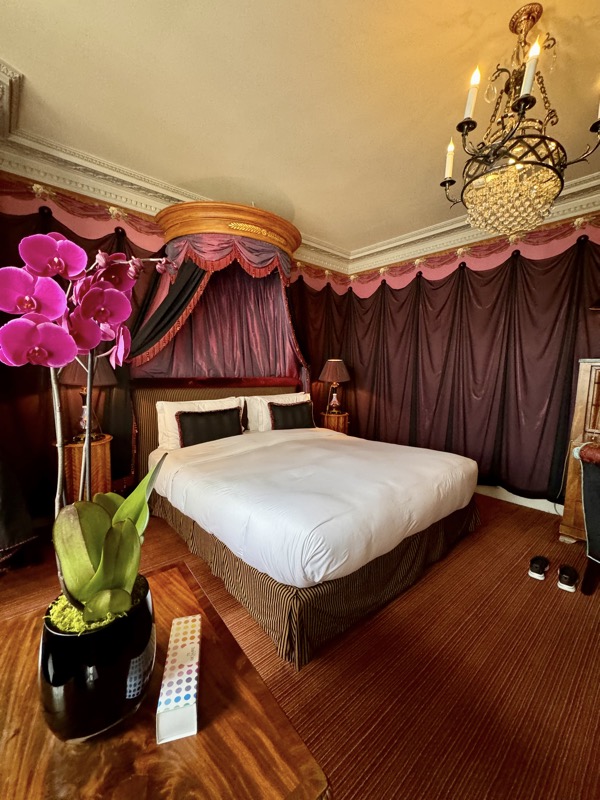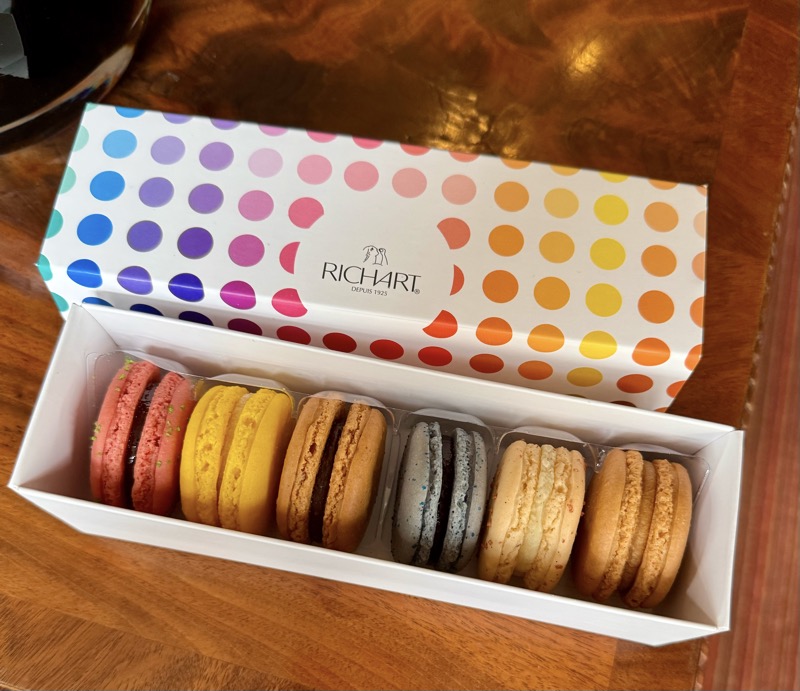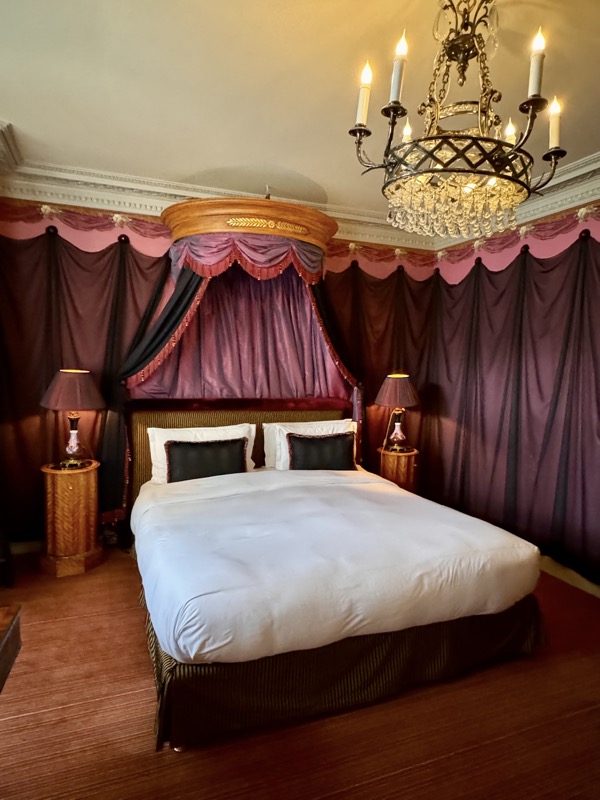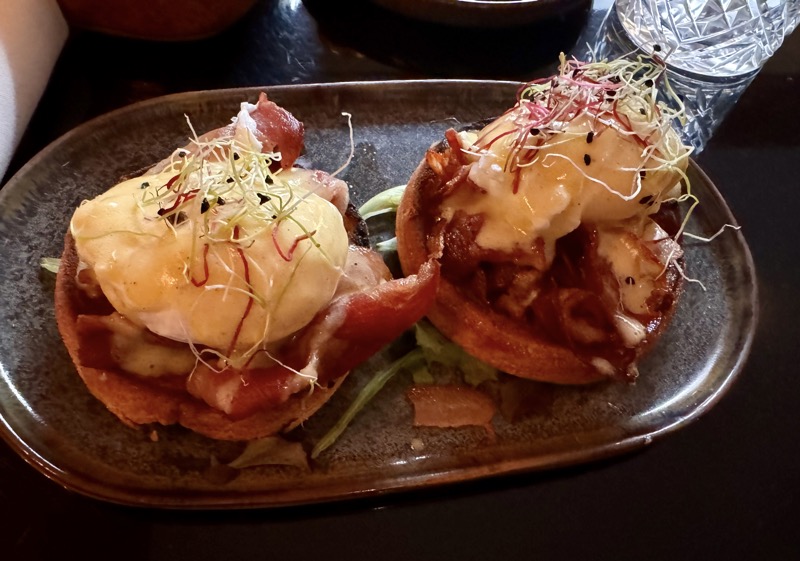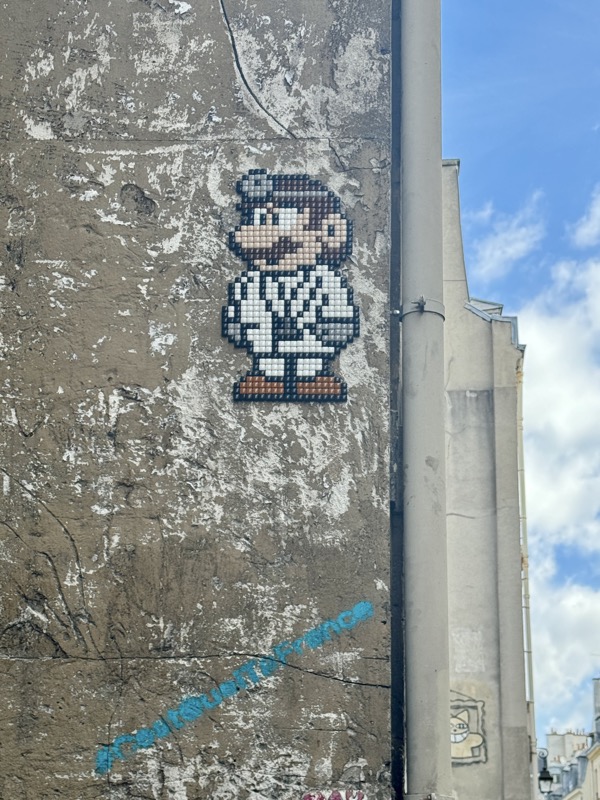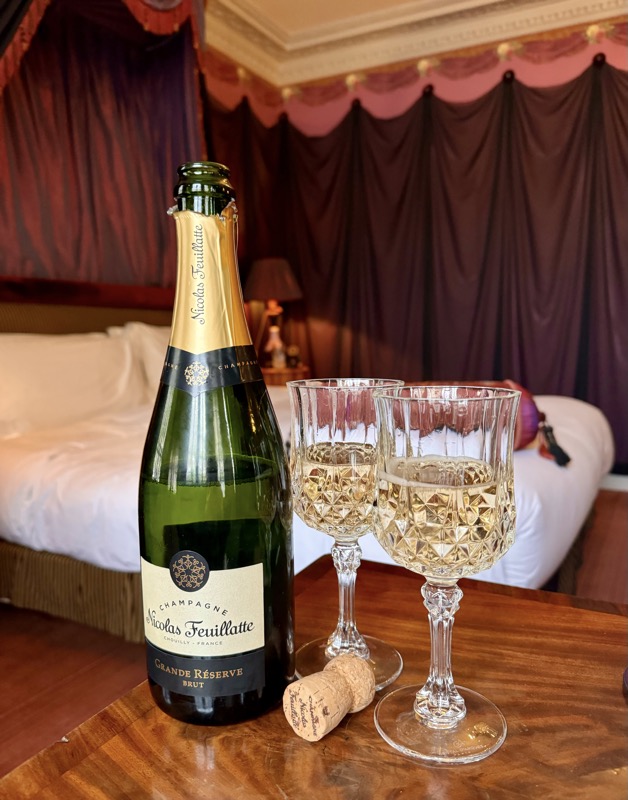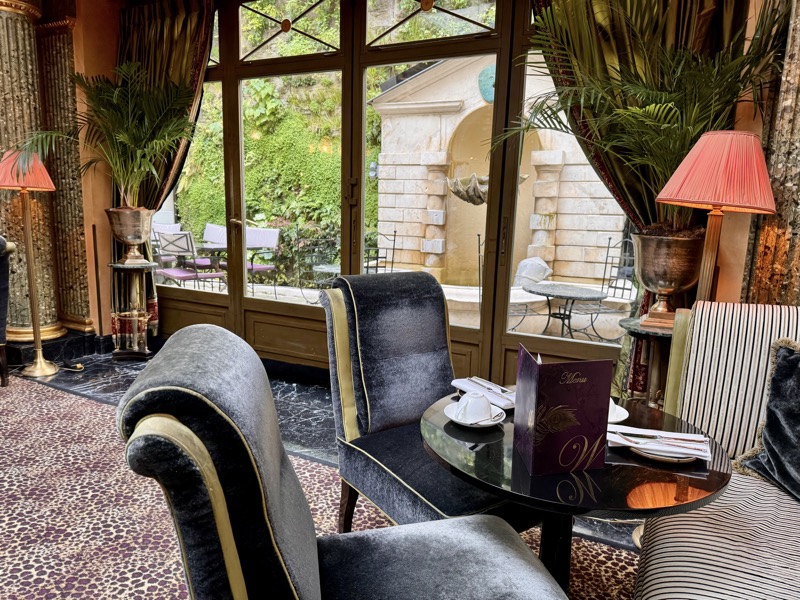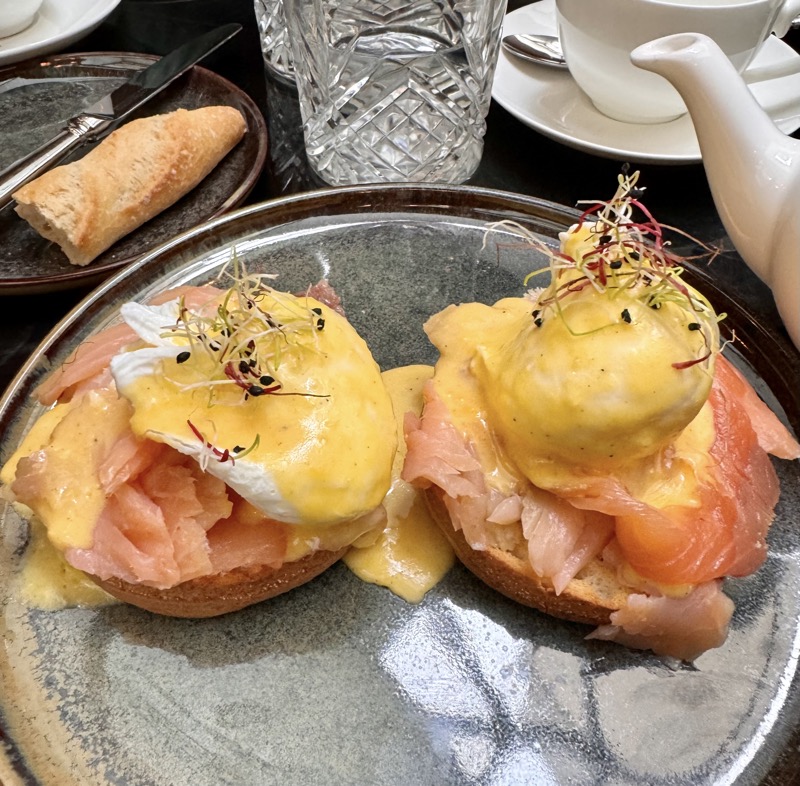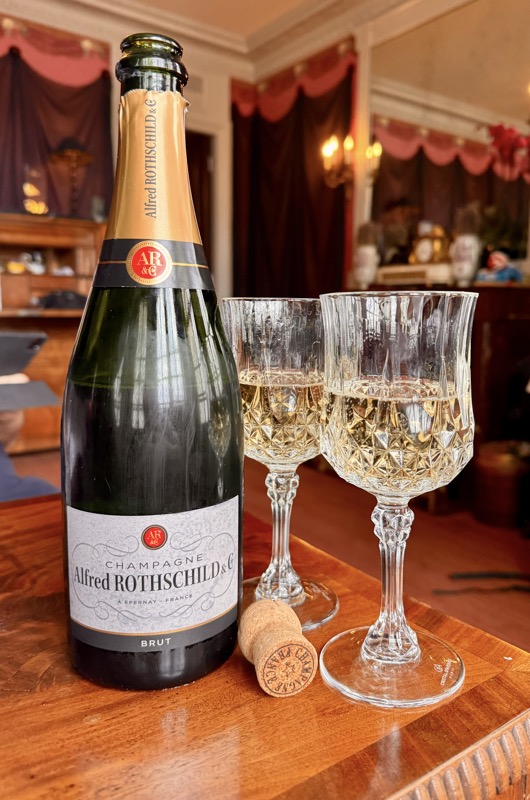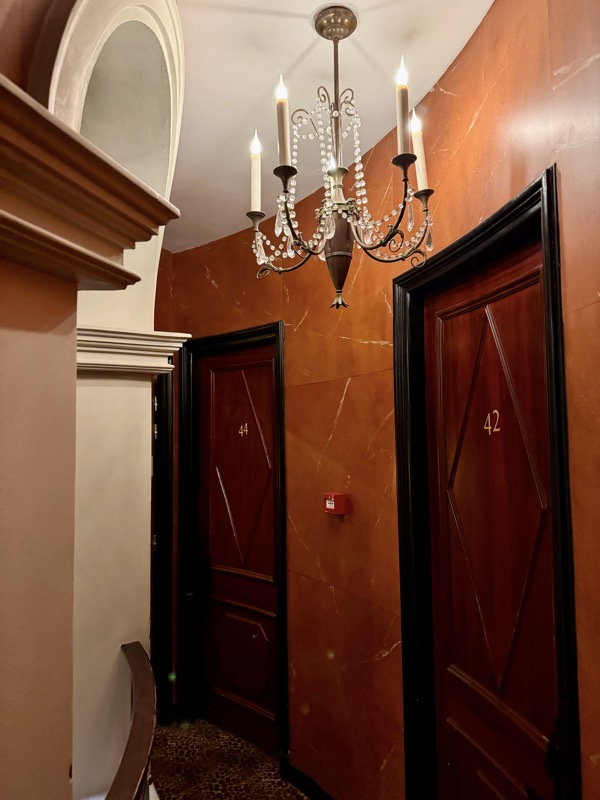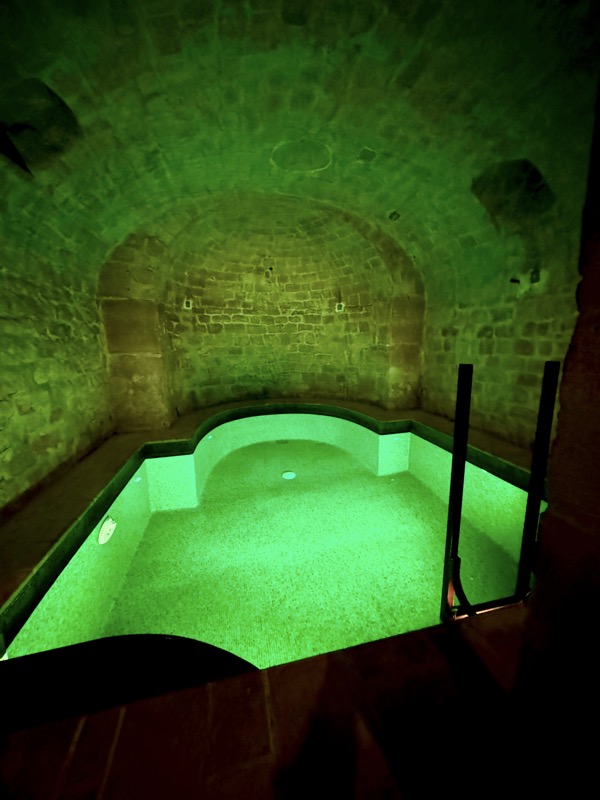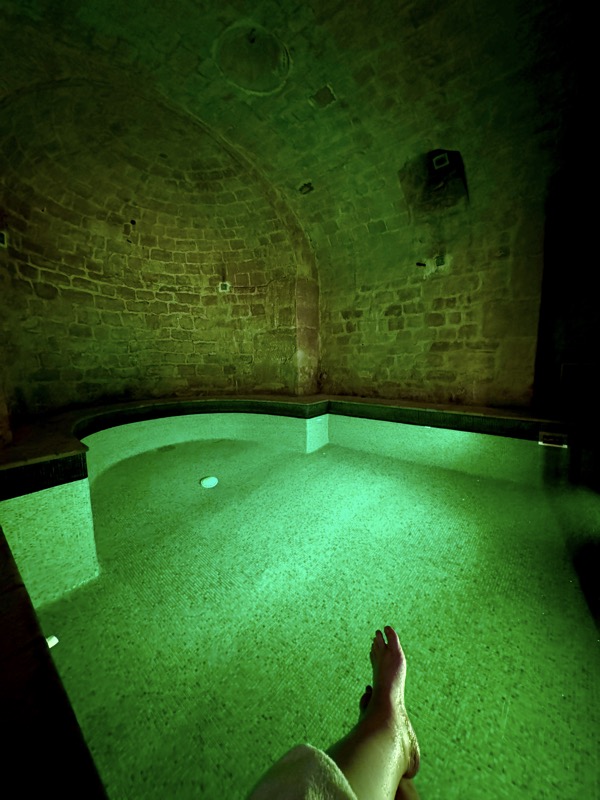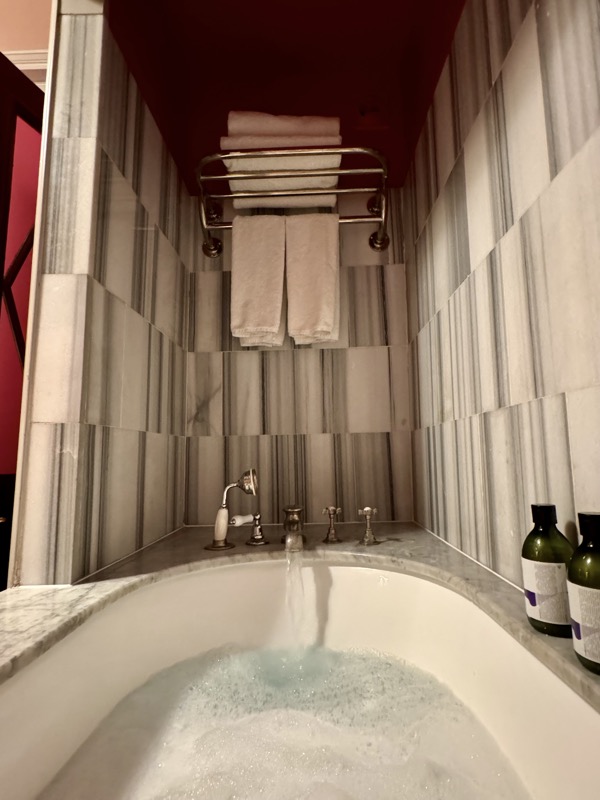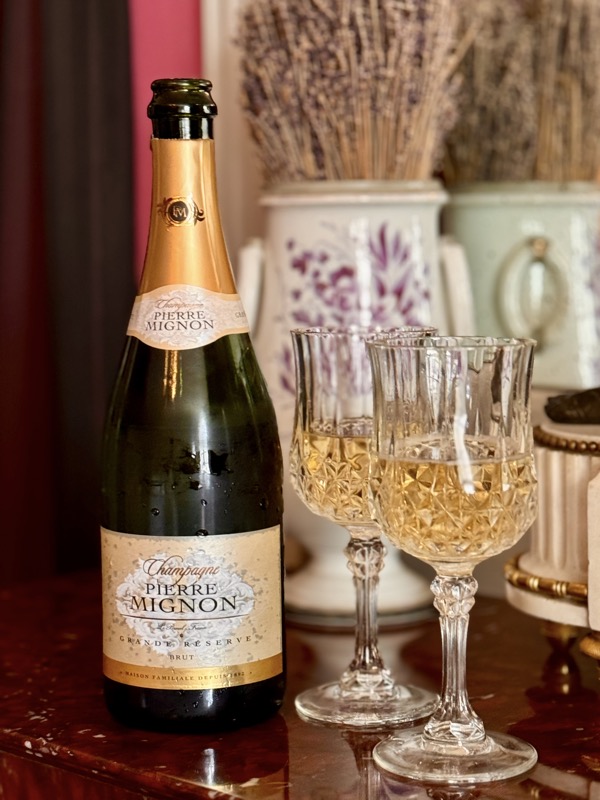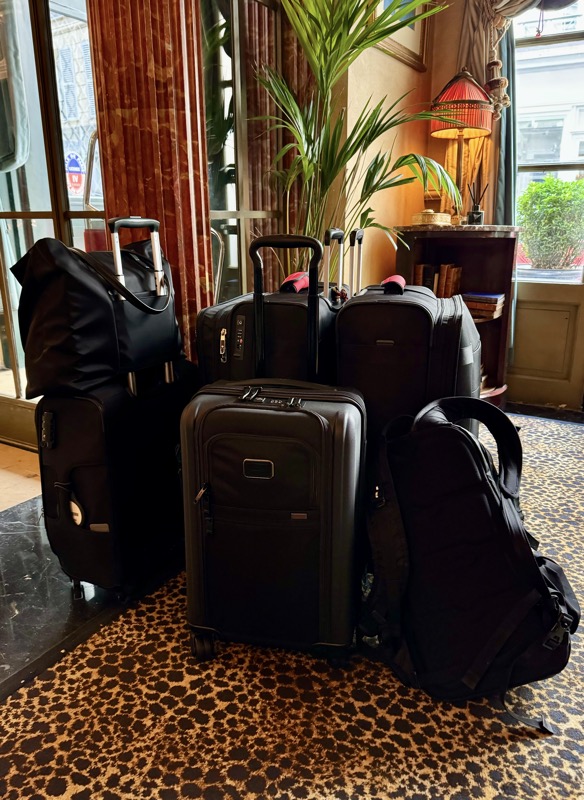We chose to go to Luxembourg today via Metz. Two reasons really, 1) I wanted to see the Metz Cathedral which is supposed to be quite something and 2), Angus has never been to France, so he wanted to stick his toes onto the other side of the border.

Metz Cathedral is the main seat of the bishopric of Metz, Catholic, and is dedicated to Saint Stephen. The Catholic Church in this area dates back to the 4thC, but the current cathedral was *only* built in the early 14thC – *only*? Like that is a short time ago! Hello?! Australians here, buildings, architecture and artworks are never more than 200 years old where we come from! Six hundred year old cathedrals aren’t *only* anything, in our minds.

It has a gorgeous stone facade.


The Portal of Christ entrance, which was the main entrance to the Cathedral until the 18thC. This was originally a Gothic designed entrance, but over time it languished unmaintained, until the 1700s when it was completely redesigned and rebuilt in a later style.

Metz Cathedral has a distinctive yellow coloured stone, that is mined locally. It is called Jaumont stone and is rich in iron oxide, which gives the stone a glorious golden hue. It is said that even in foul weather, the Cathedral photographs well due to the warm yellow limestone used in its construction.


The Portal of the Virgin is an entrance facing the Place d’Artmes and was used as the main entrance of the cathedral until the 18thC. It was built in 1225, and had become quite dilapidated and covered over (presumably by vegetation… the brochure didn’t make it very clear what had covered it over?). The sculptures were created by Augusta Dujardin and were restored in 1885; apparently recent research has found pigments in trace amounts that show the sculptures were painted in red and green, orange and blue hues. It sounds like it was extremely colourful and would probably have been really garish to our modern sensibilities.

Just above head height are these delightful details in the stone work… love them! The pelican looks more like an eagle, but c’est la vie. 🙂



The Nave of Metz Cathedral one of the tallest in France (3rd tallest or something), and it is all done in a fabulous Gothic style – finished between 1486 and 1520. The cathedral has long been nicknamed “The Good Lord’s Lantern”, (La Lanterne du Bon Dieu) due to it’s simply enormous square footage of stained glass which comes in at a whopping 69,920square feet of glass! Or 6,498sqm for those not using ‘Murican Freedom units.

It’s hard to make it out – but the entire walls leading up to this stunning vaulted ceiling appear about 50% stained glass.

The bulk of the glass is done in Gothic and Renaissance styles by master glass makers Hermann von Munster, Valentin Bousch and Theobald of Lixheim… or no doubt, designed by them dudes and actually executed by a bunch of their forever nameless apprentices.

A Roman 3rdC bath holds pride of place just inside the main doors and it is primarily used for baptisms.



So much glass!

The walls of the church are lined with these discreet, heavily carved timber confessionals.

In keeping with the Good Lord’s Lantern theme of the church – there is also more modern artistic glass work here done by Charles Laurent Marechal (Romantics period), Roger Bissier (a Tashist), Jacques Villon (Cubist… yuk!) and Marc Chagall and Kimsooja. It’s truly spectacular how they’ve tied in all this beautiful old work with these creations with modern artist.


It’s weird to see such modern decorative art techniques side by side with obviously medieval design elements, but the overall atmosphere of the cathedral is really stunning. The construction itself was a huge and very long undertaking…



Sadly, the famous Metz covered markets were closed today. Mondays in Europe, suck.

After the Cathedral, we wanted to see some of La Cour D’Or Museum, which is supposed to house some of Metz’s most interesting local Merovingian artefacts. We ran into some immediate hiccoughs; the museum is created in an old monastery and the curators/designers decided that the medieval collections belonged in the medieval cellars under the buildings (at least four floors down and back up again – not in the least bit accessible and my bung knee hated so many flights of stairs). And we also had a lot of info lost-in-translation… mainly because there were none. Translations that is. I’ve tried to record what I could, but a lot of this is just going to remain vague.

The Gallo-Roman galleries were particularly poorly labelled, nothing that wasn’t in French and many objects with no placard at all! From what I could read these objects ranged from 1stC BC to 3rdC AD… which looks about right to my exisiting knowledge base.

House gravestones, all found locally from Roman periods.

House Gravestone, limestone, c.3rdC BCE, local origin.

No idea, not a sign, plaque or info sheet in this room.

From what I could gather this room was curated to centre on representations of various Roman gods, but given the eroded state of the pieces, it was difficult to make out which gods were being depicted.


Altar to Mogontia, Gallic goddess and healer of springs, limestone 1st-3rdC AD.
Mithra’s Relief, Gallo-Roman period, limestone.
The large Mithraism relief was designed as an architectural decoration in which the framing of small layered scenes plays a key role around the central scene. Gods and a sacrifice scene in the centre.


Below: Metalworking has existed in Lorraine (the region Metz is located in), since the Iron Age. While the Gauls worshipped Belisama, the goddess of metal craftsmanship, in Rome, the cult of Vulcan, god of fire and patron of blacksmiths, was growing in this area. Some metal deposits were found in the Vosges, north of Lorraine and the southern Sarre region. Minerals were extracted and processed in workshops from ingots. There were around a a dozen of these workshops in Gallo-Roman times in the Mediomatrici region.


Remains



Merovingian beads, most of the of indeterminate provenance. 🙁




Round Cloisonnee fibula. 6thC, silver and garnet. Houdreville.

Merovingian Belt buckle.


Merovingian belt buckles.




Bucket, Merovingian style. Modern reproduction.

Merovingian beads.




Reliquary box, lid lost. 10th-11thC, cetacean bone.



Saint-Arnoul Elk Horn, c.1000AD (possibly older).

Reputed to have come from the ancient Saint-Arnoul Abbey in Metz, (subsequently owned by a Metz collector, a Parisian antique dealer, a Russian Prince, Tsar Alexander III, then a Dutch Banker), the elk is carved with a frieze incorporating lions, snakes, dragons and hybrid vcreatures in intricate scrollwork. According to Metz historians, the elk horn was believed to have been suspended from the vault of the funeral chapel of Emperor Louis the Pious (814-840), and believed to have been a symbol of power for the son and successor of Charlemagne.


The museum is built into a sprawling old monastery, it is enormous to get around.


Relief map of the city of Metz, c.1829-1850.

Underground cellar space housing GalleoRoman sculpture, sarcophagi and carvings.



After our wander through the museum, we had to find some lunch – at a French cafe of course.



Angus choosing a Poulet Cordon Bleu, and I went for the Steak Tartare! And of course, when in France, champagne with lunch. ❤️

The Cathedral dominates the town here, every direction you turn, you get another amazing view of it’s beautiful yellow limestone facades.


Stopped for a baguette (so Angus could make himself a proper jambon beurre later) and saw these cute chocolates – didn’t buy any, because chocolate, but thought they were cute.


Fort de Queuleu

Memorial to the Resistance and Deportation, inaugurated on 20 November 1977, when the fort became the property of the city of Metz.

Fort de Queuleu was built in 1868 when Lorraine was still under French rule, as part of a fortification system southeast of Metz. While construction was interrupted during the Franco-Prussian War (1870-71), it was continued and improved by the German Empire between 1872-1875 after they conquered the area and renamed it, Fort Goeben. It was then part of the first line of ring defence in the fortifications of Metz. It wasn’t operational during WWI as it had no strategic purpose and saw no military action at that time, but it was repurposed as a detention centre during WWII to house, detain and interrogate members of the French Resistance.

When the local Moselle valley was under German control during WWII the fort was being used by German occupiers as an internment camp (S Slonderlager) to house members of the French Resistance. The fort was called the “Hell of Queuleu” and while it wasn’t a concentration camp per se, it was used as an interrogation/torture centre for captures and arrested members of the Resistance.

Between 1500 and 1800 people were detained at Queuleu, and put under the command of one, Schutzstaffel Hauptscharfuhrer Georg Friedrich Hempen. 36 people died at the fort, and only four managed to escape via a ventilation shaft. Many well known resistance prisoners were held there – Joseph Derhan, Jean Burger and company. Almost all of the prisoners that were held there were transferred to concentration camps as the American forces approached Metz in 1944, and the fort was evacuated entirely by 17 August 1944, with people moved to Ravensbruck, Struthoh or Schirmeck.



This appeared to be a (rather disturbing) art project from a local school. It’s a Jewish child cuddling a teddy bear made entirely out of bullet casings.

Outside, Fort Queuleu now seems primarily repurposed as, dare I say it, some sort of summer camp where school kids come to recreate and get a bit of uncomfortable history smashed into them. There are accomodations here, hiking trials, playgrounds and all sorts.








Thus endeth out day in Metz, and onwards to Luxembourg we went.

